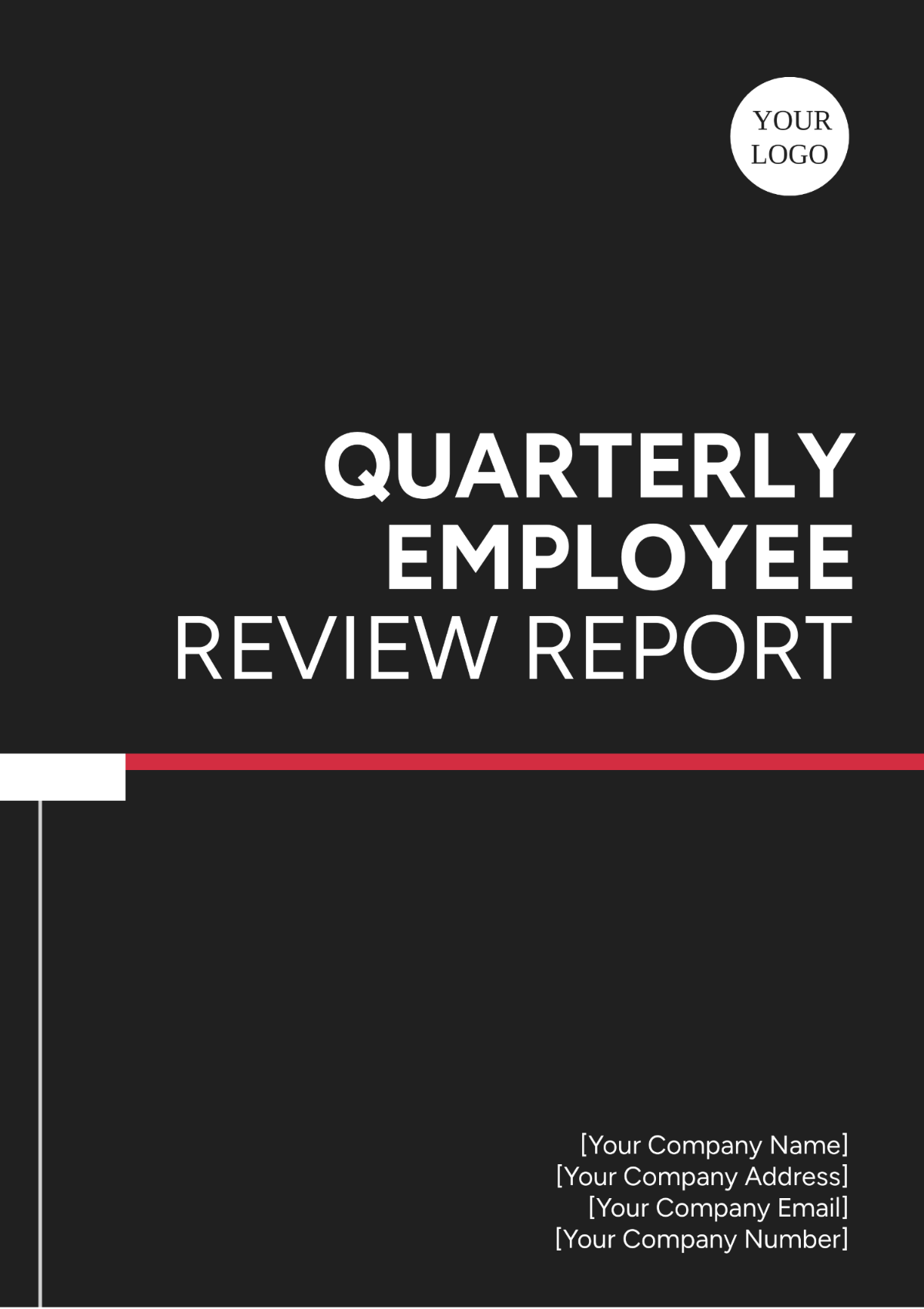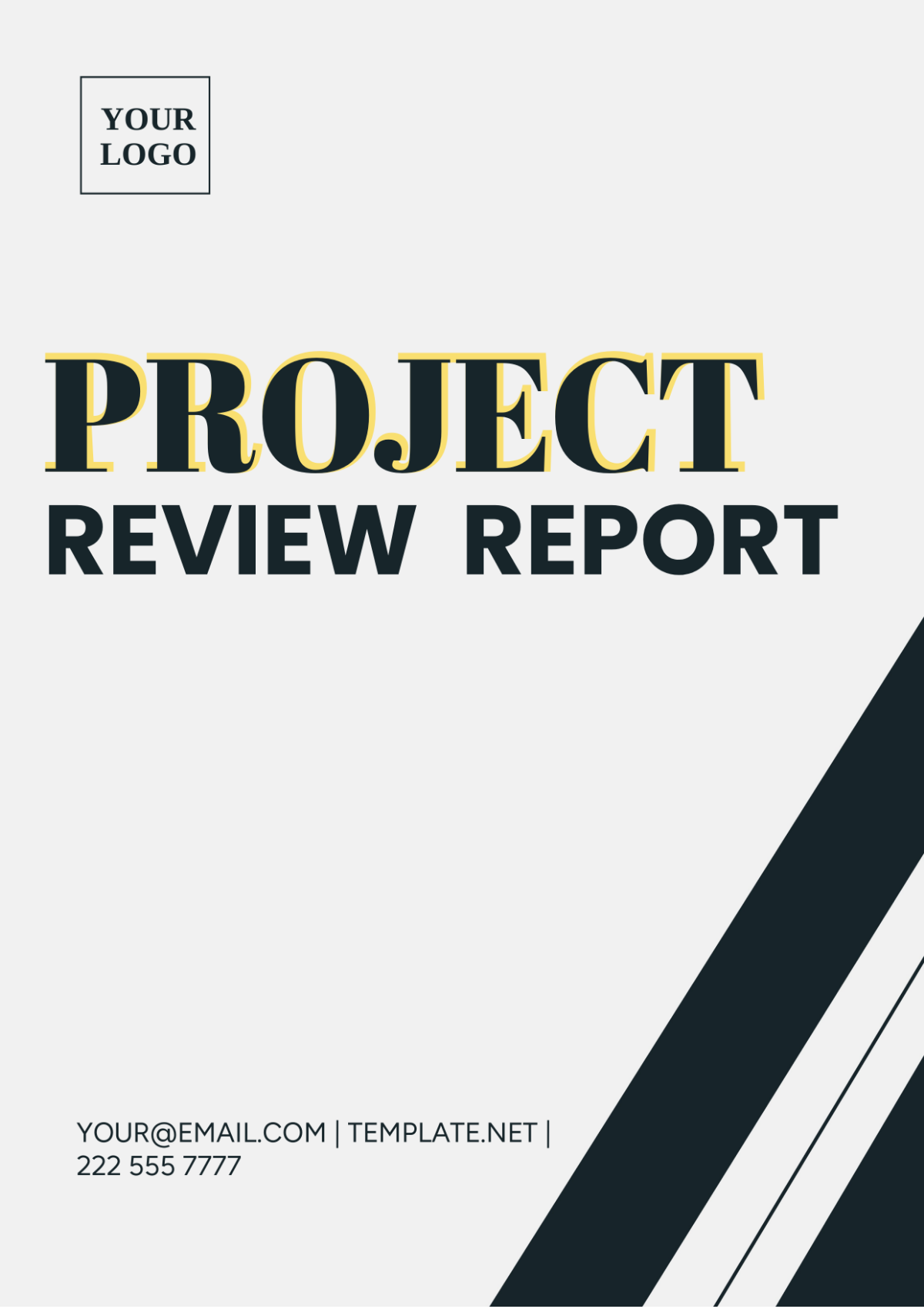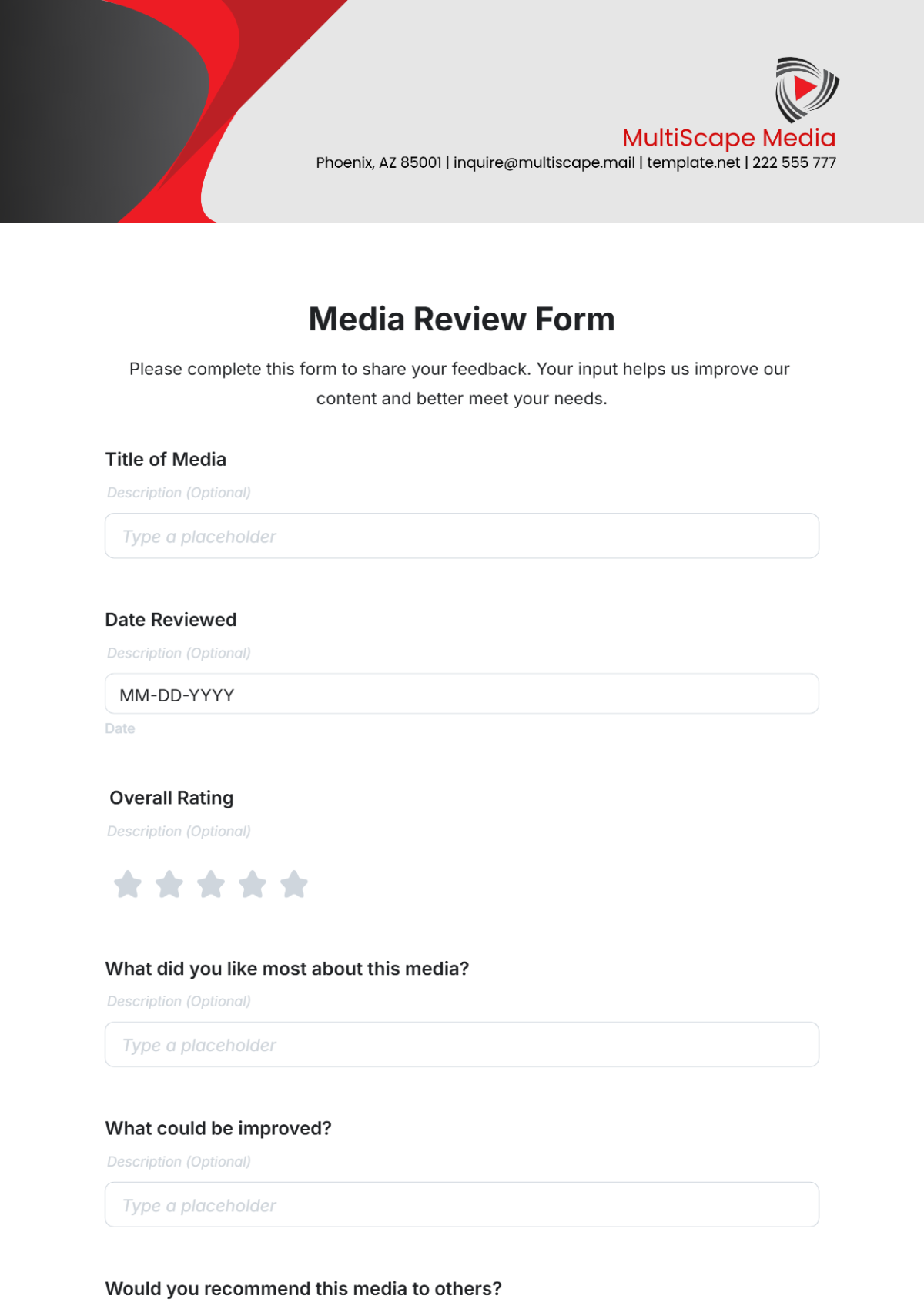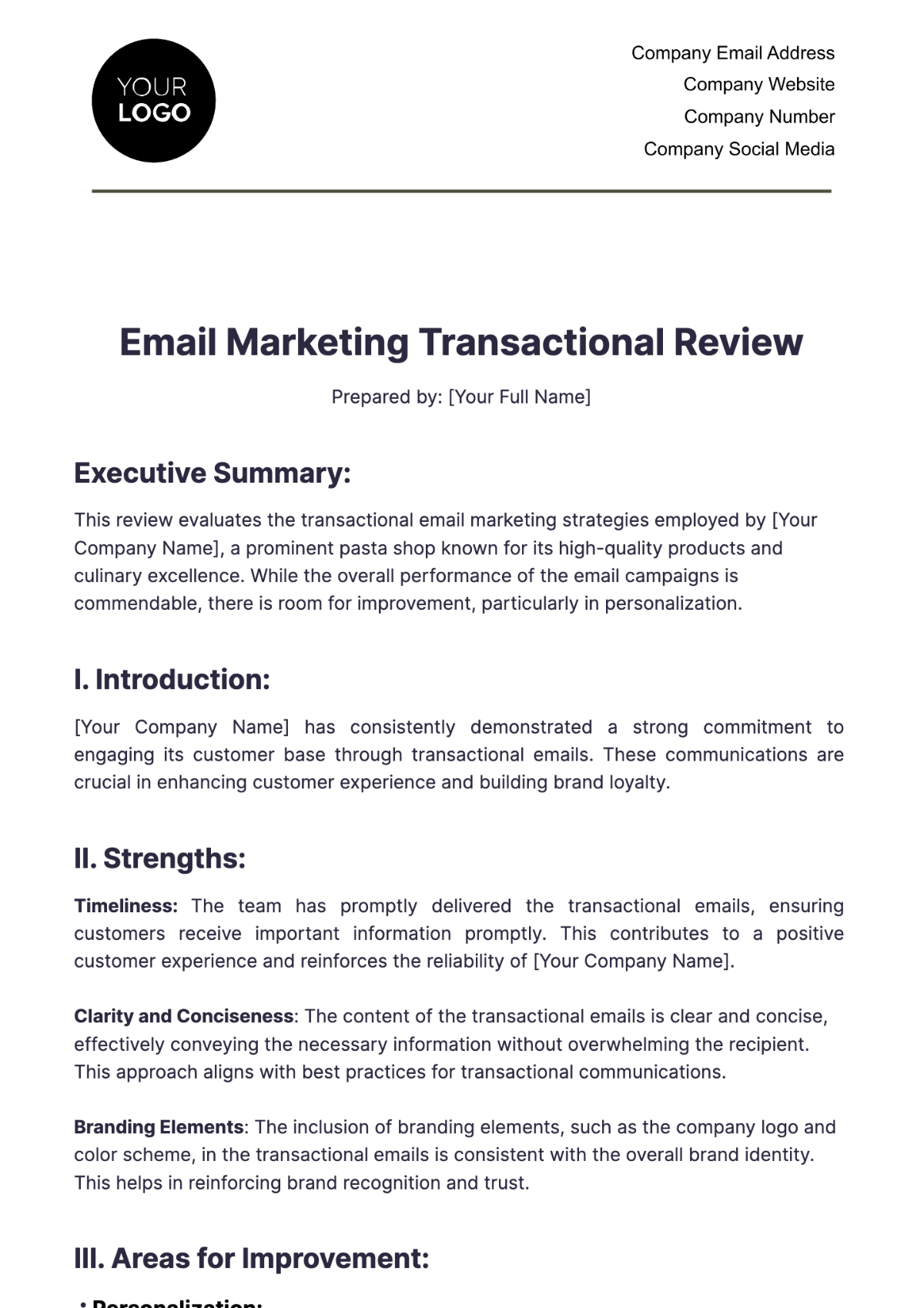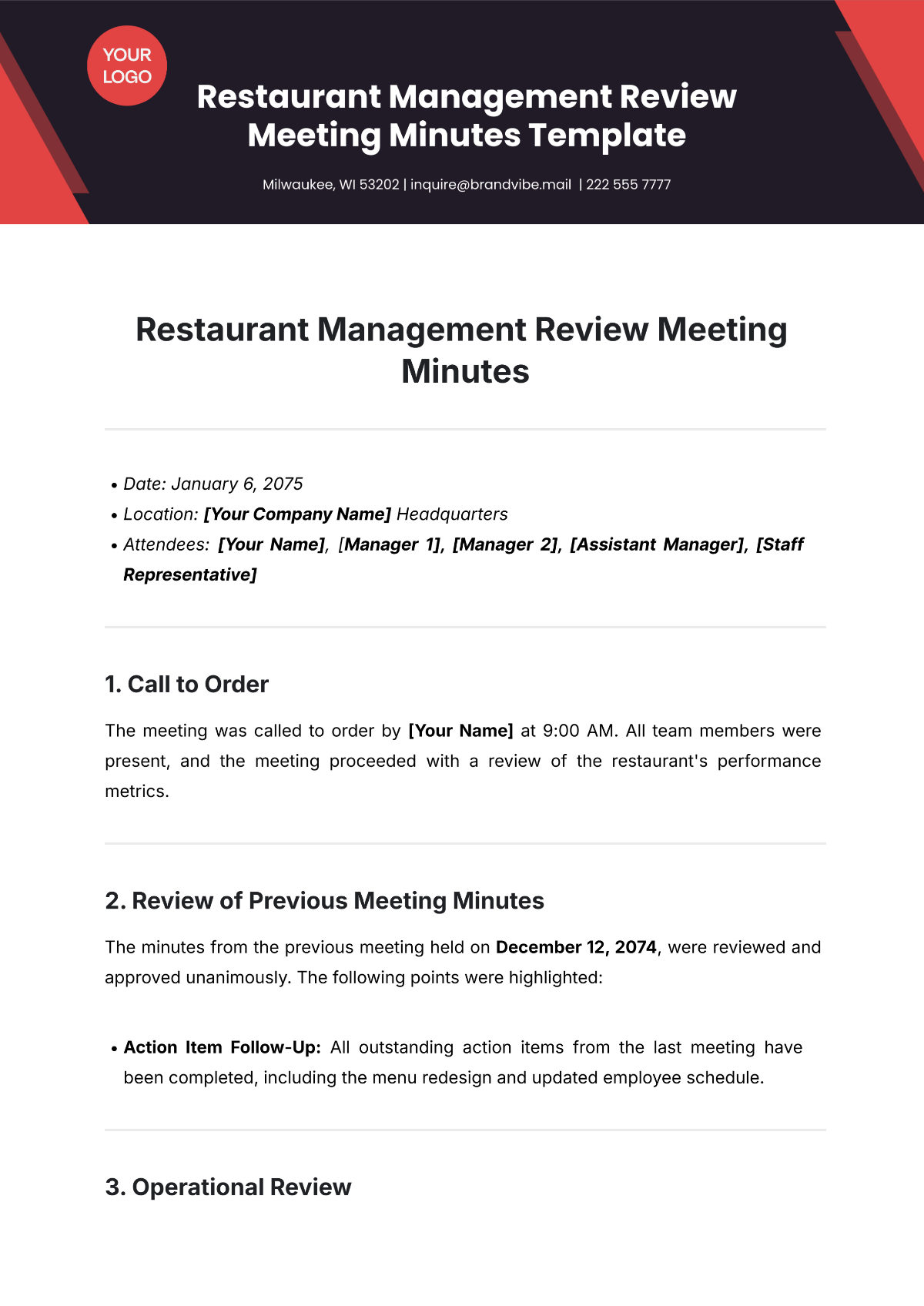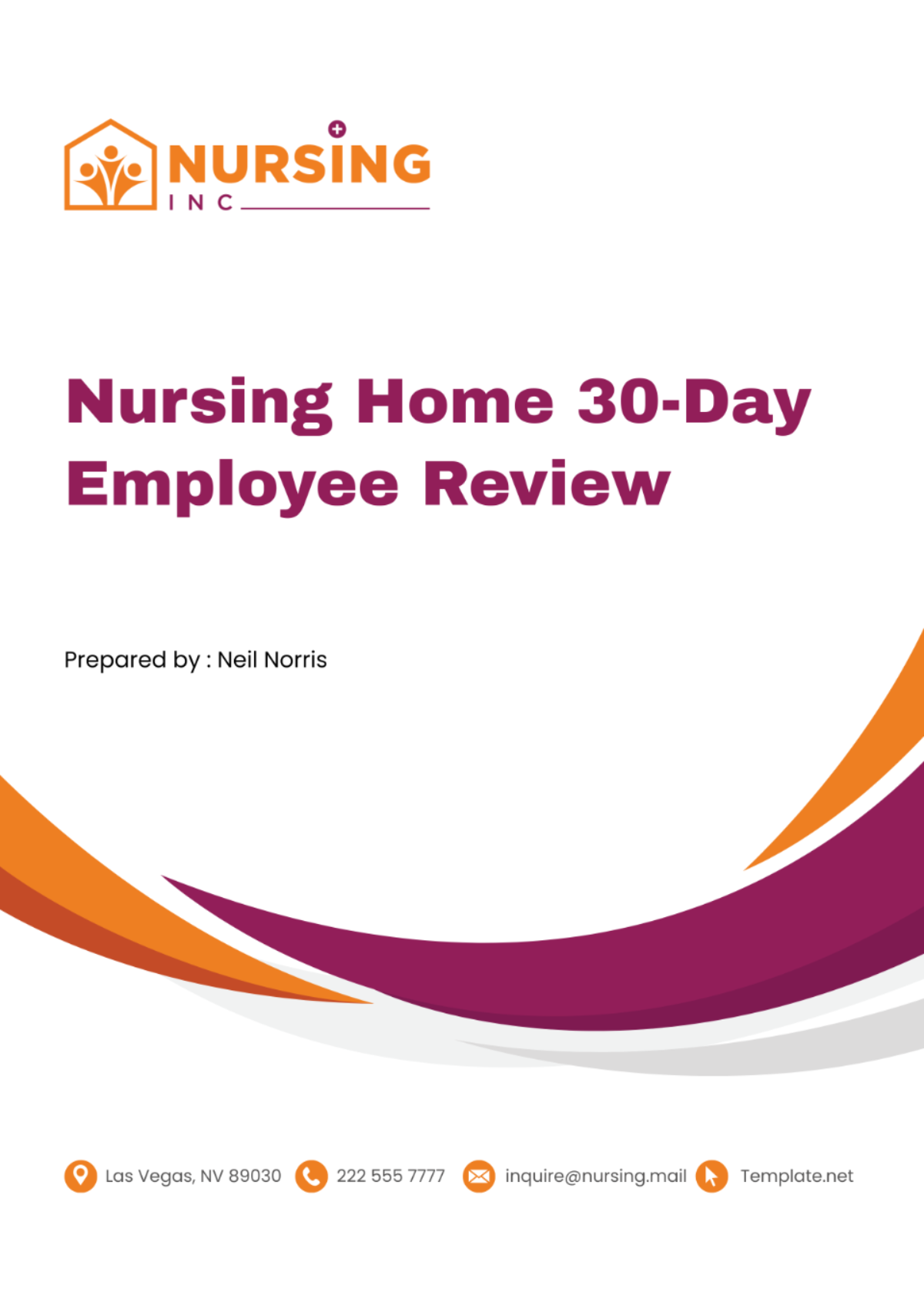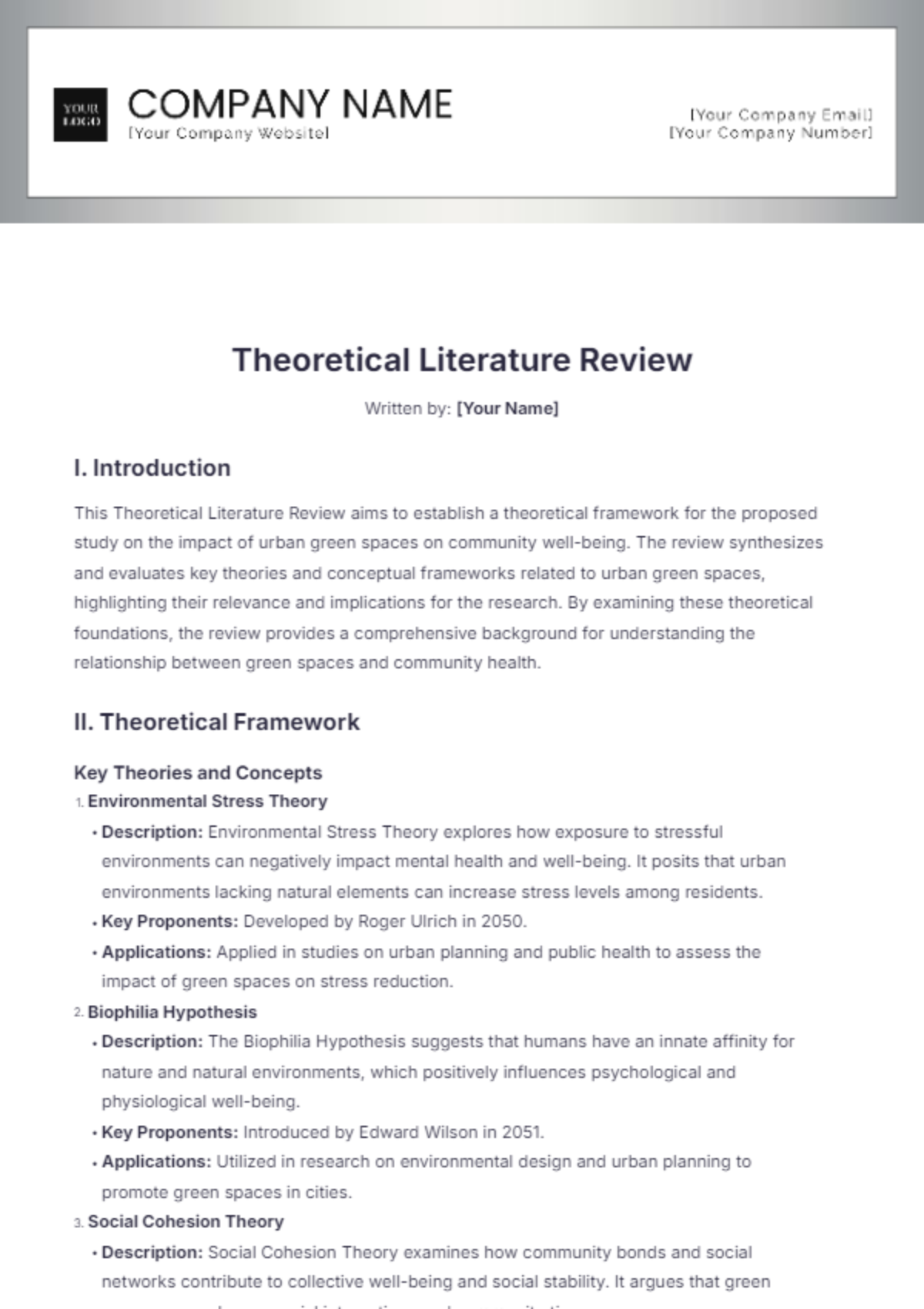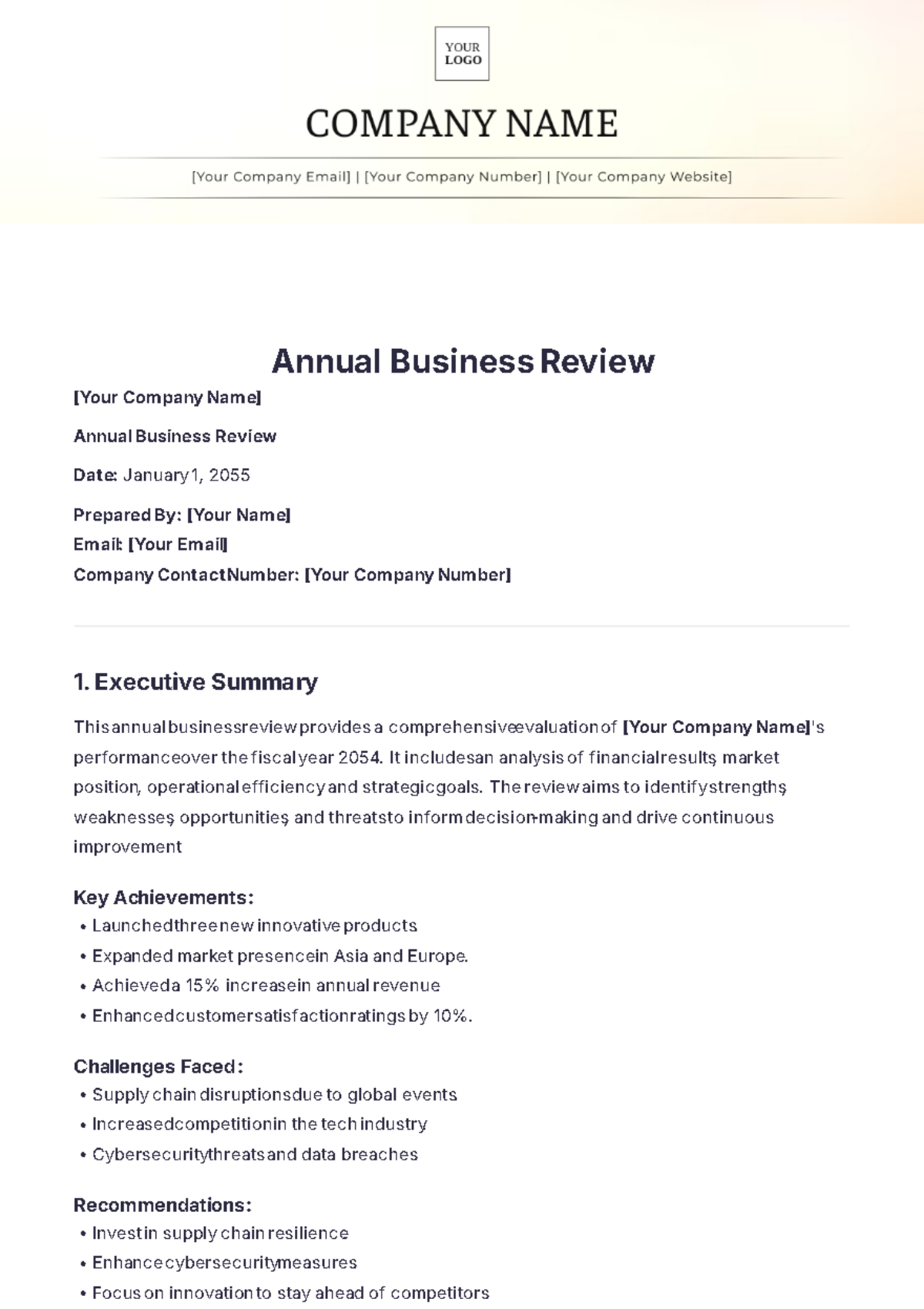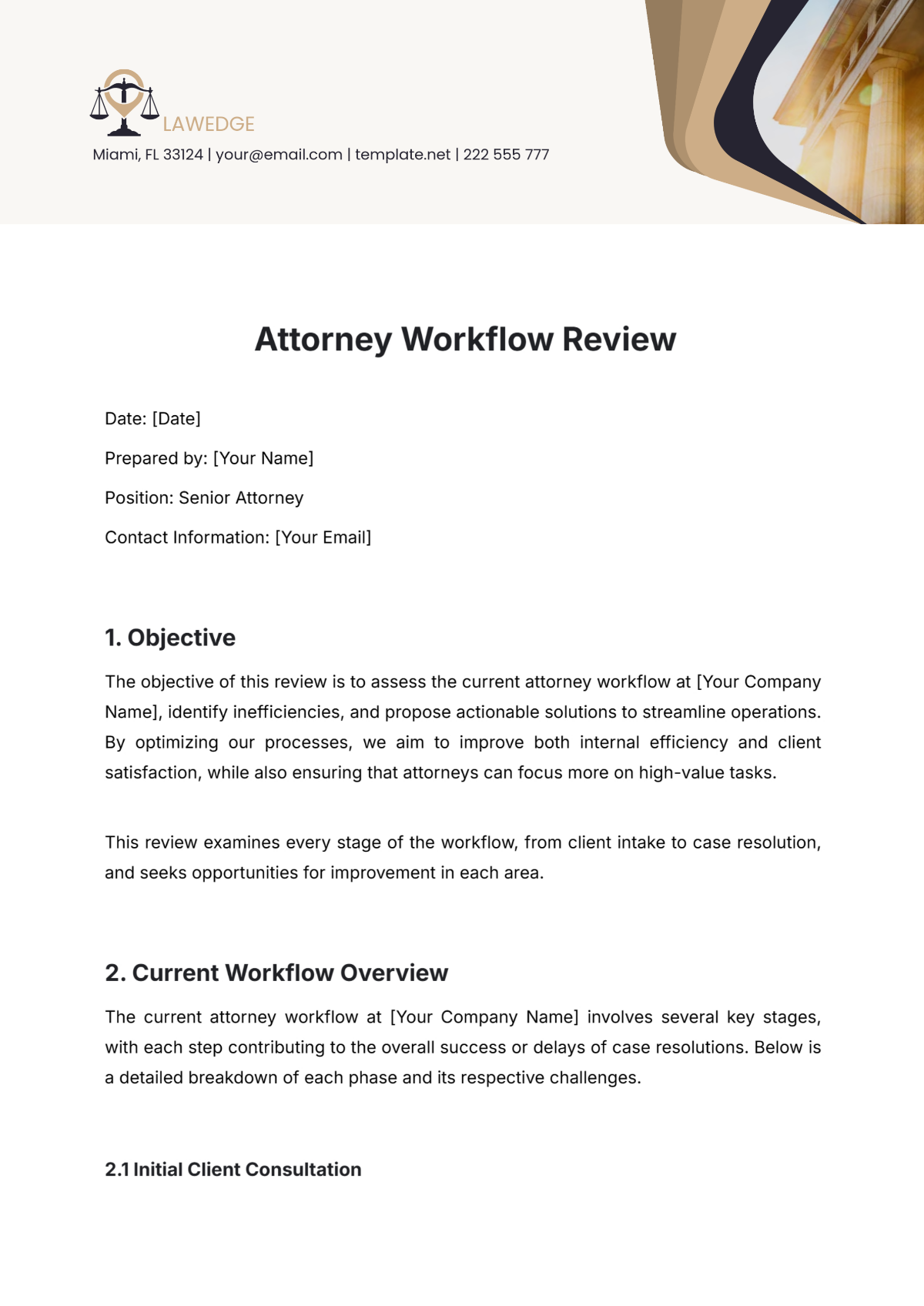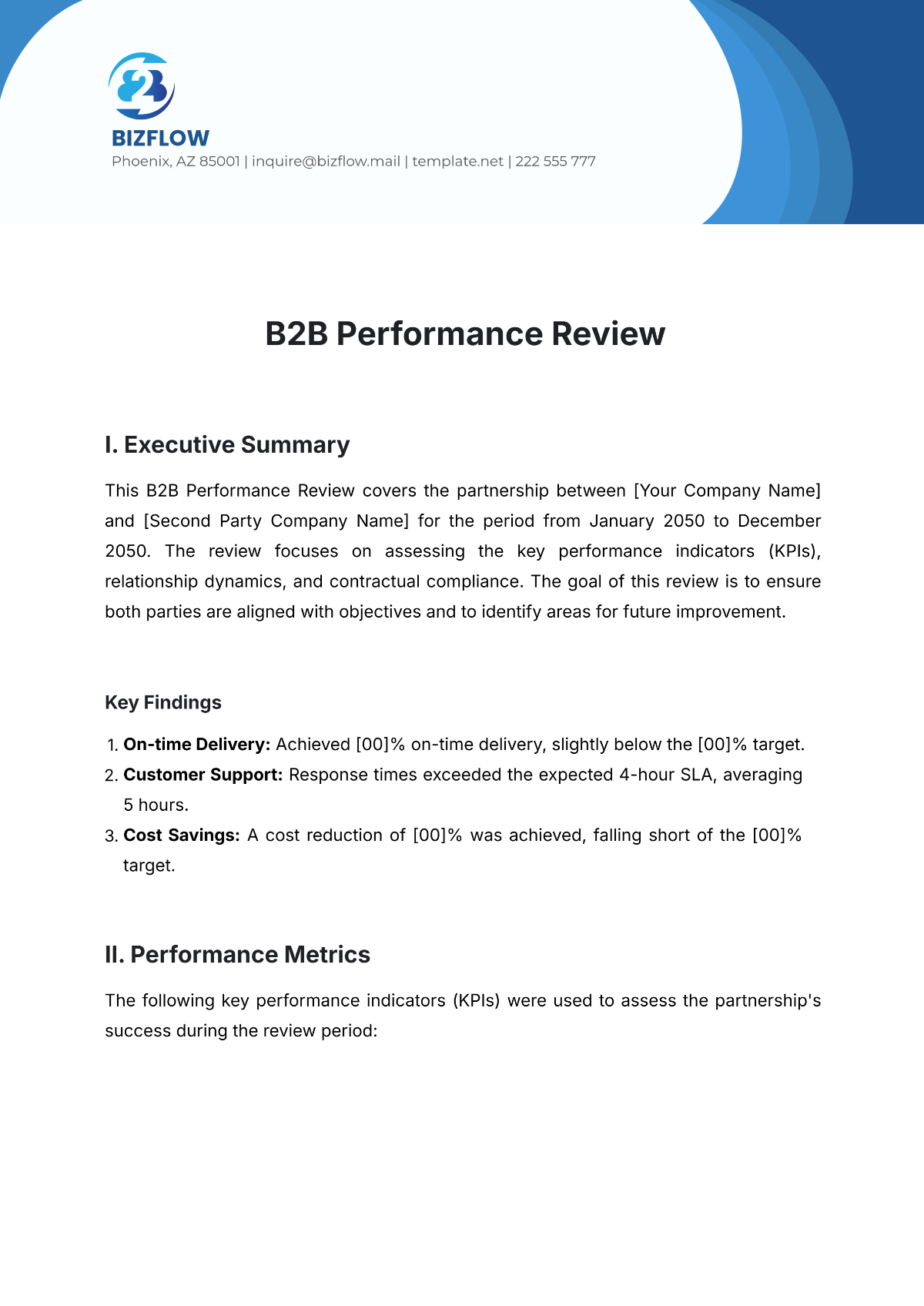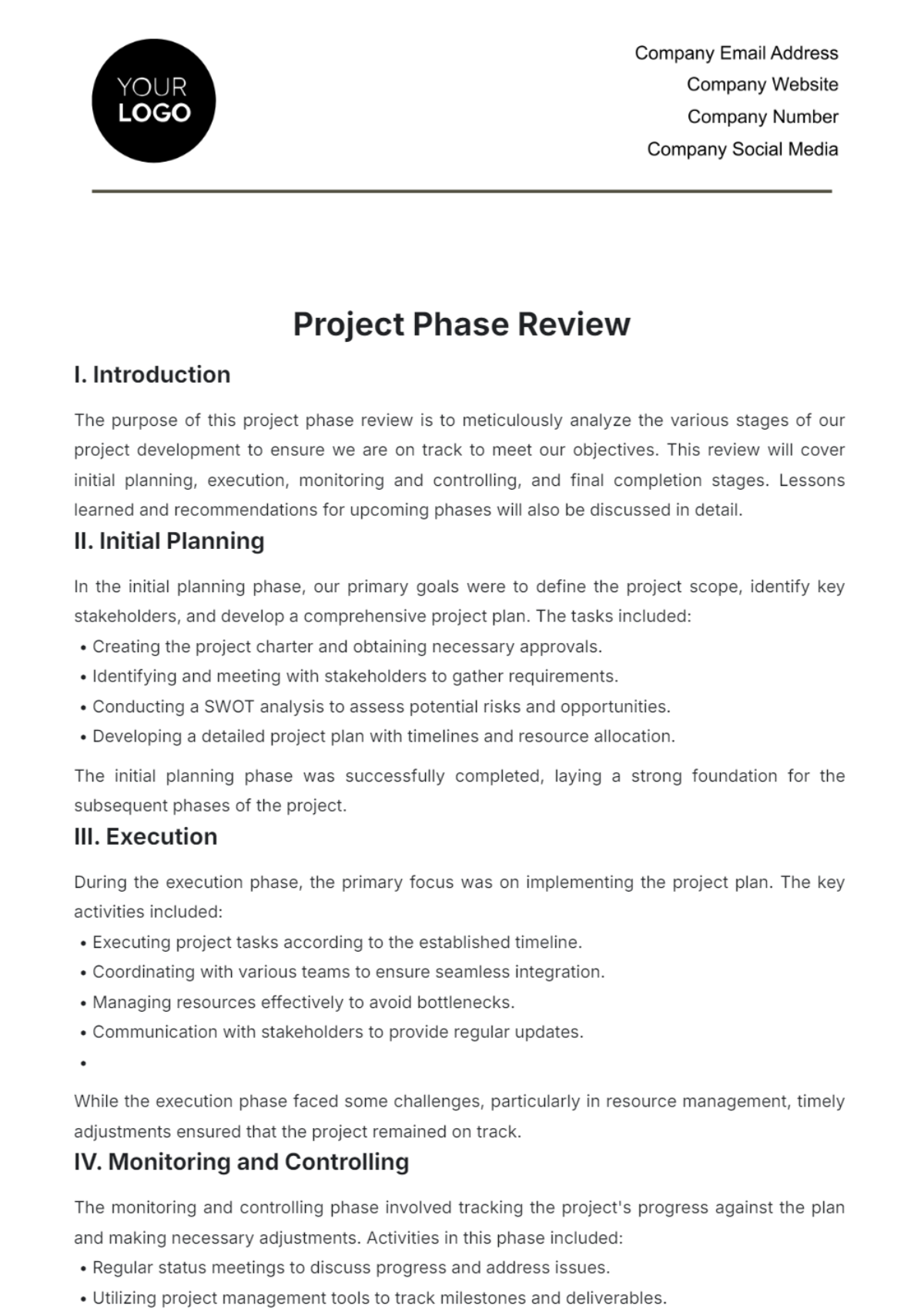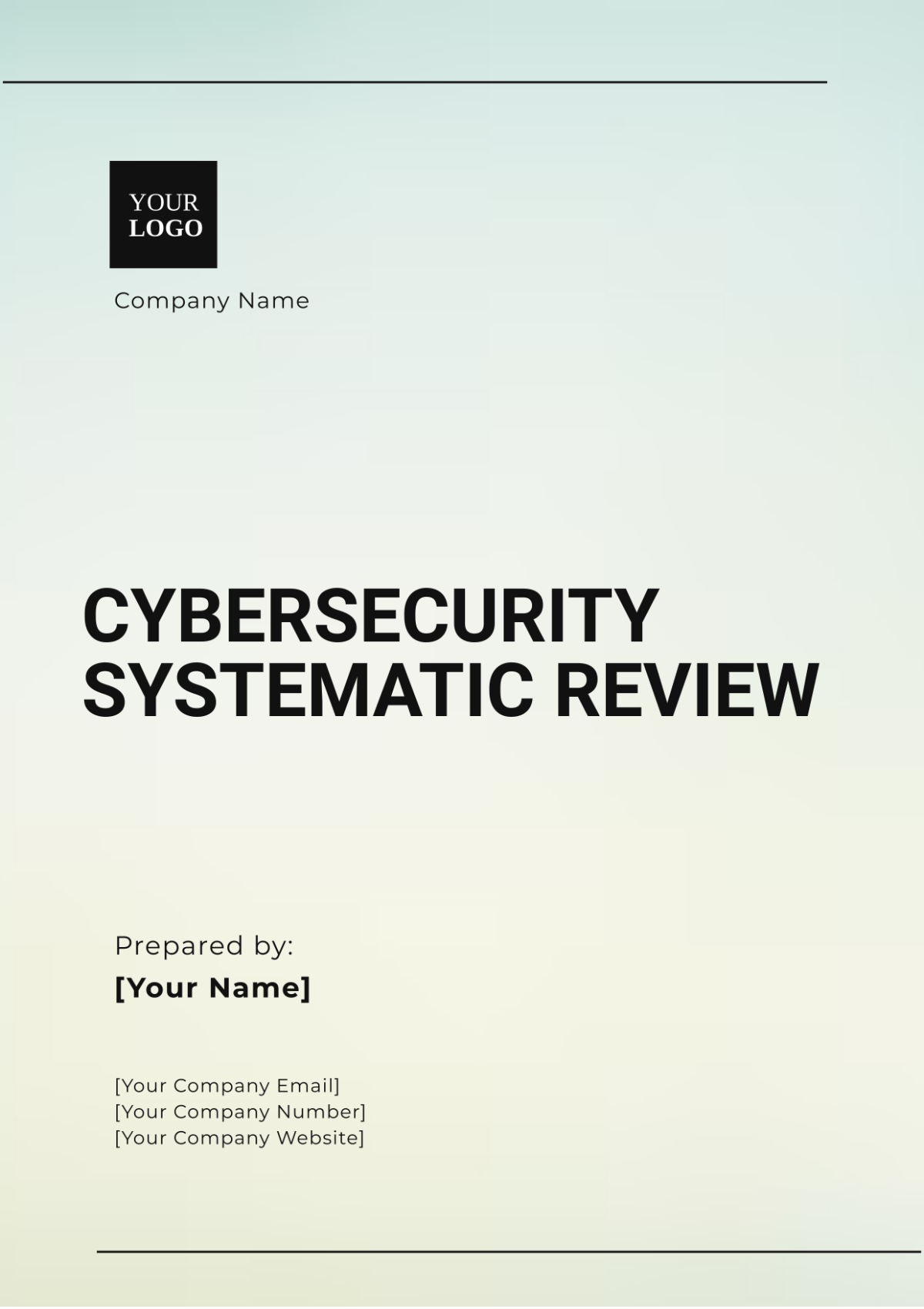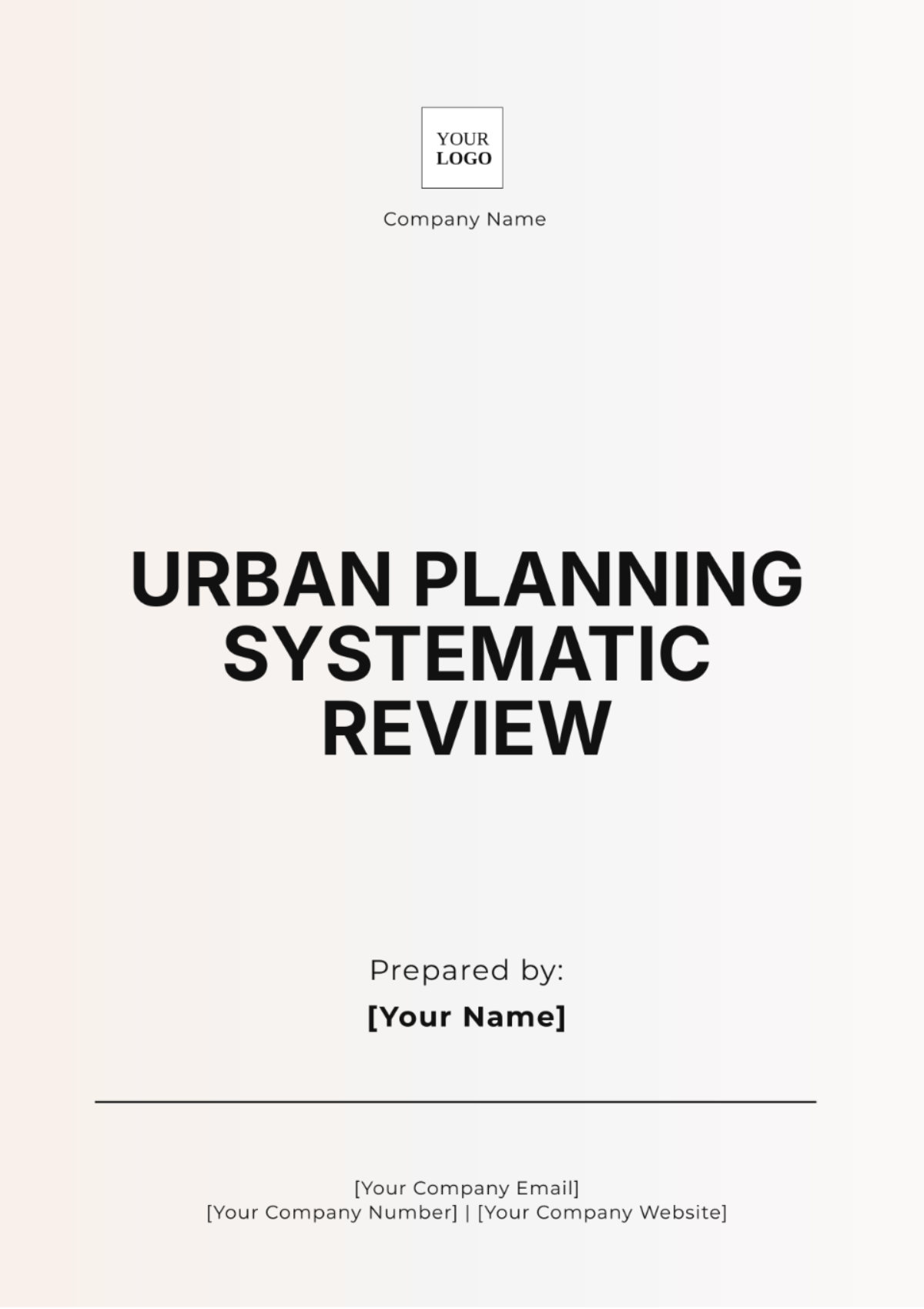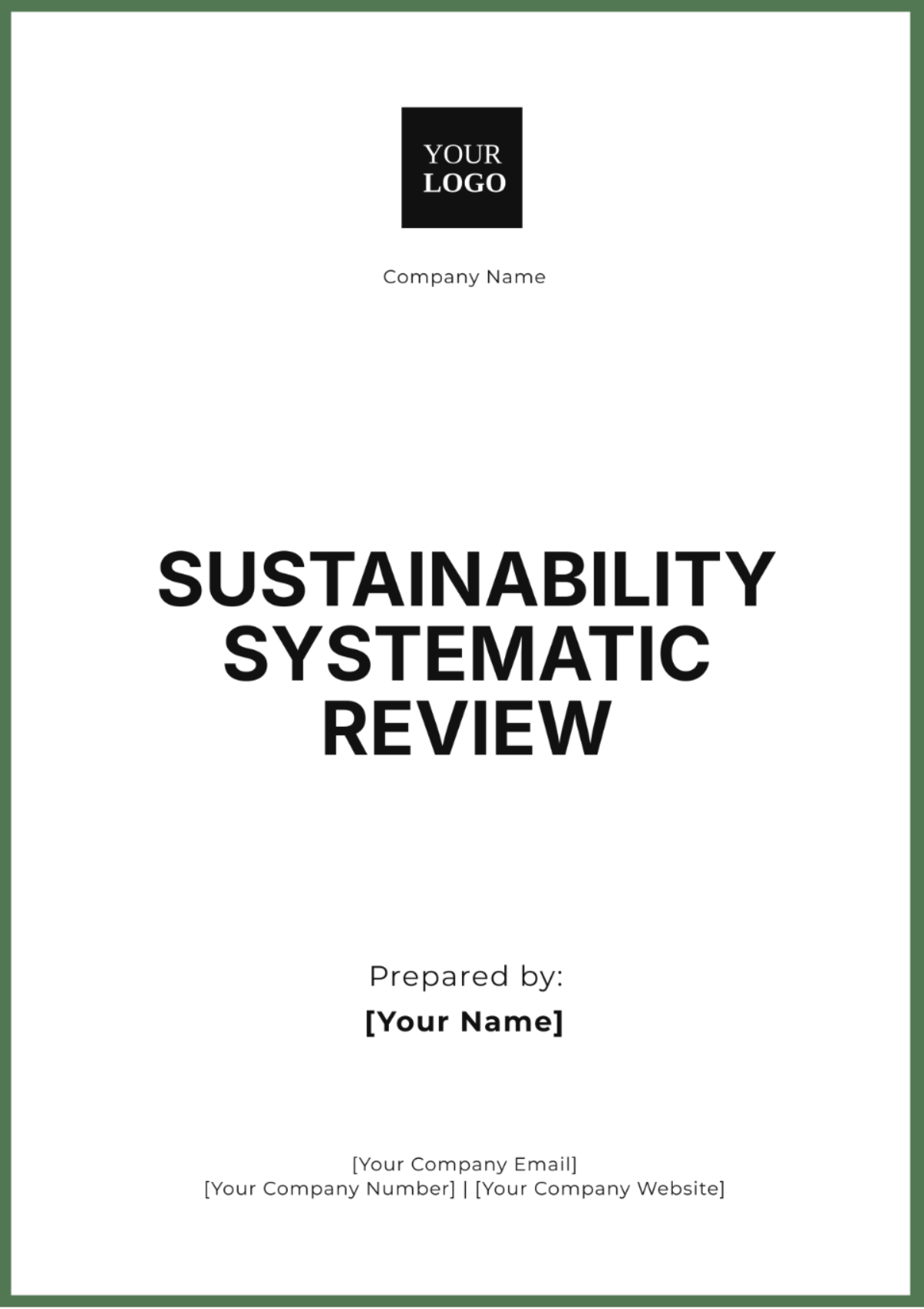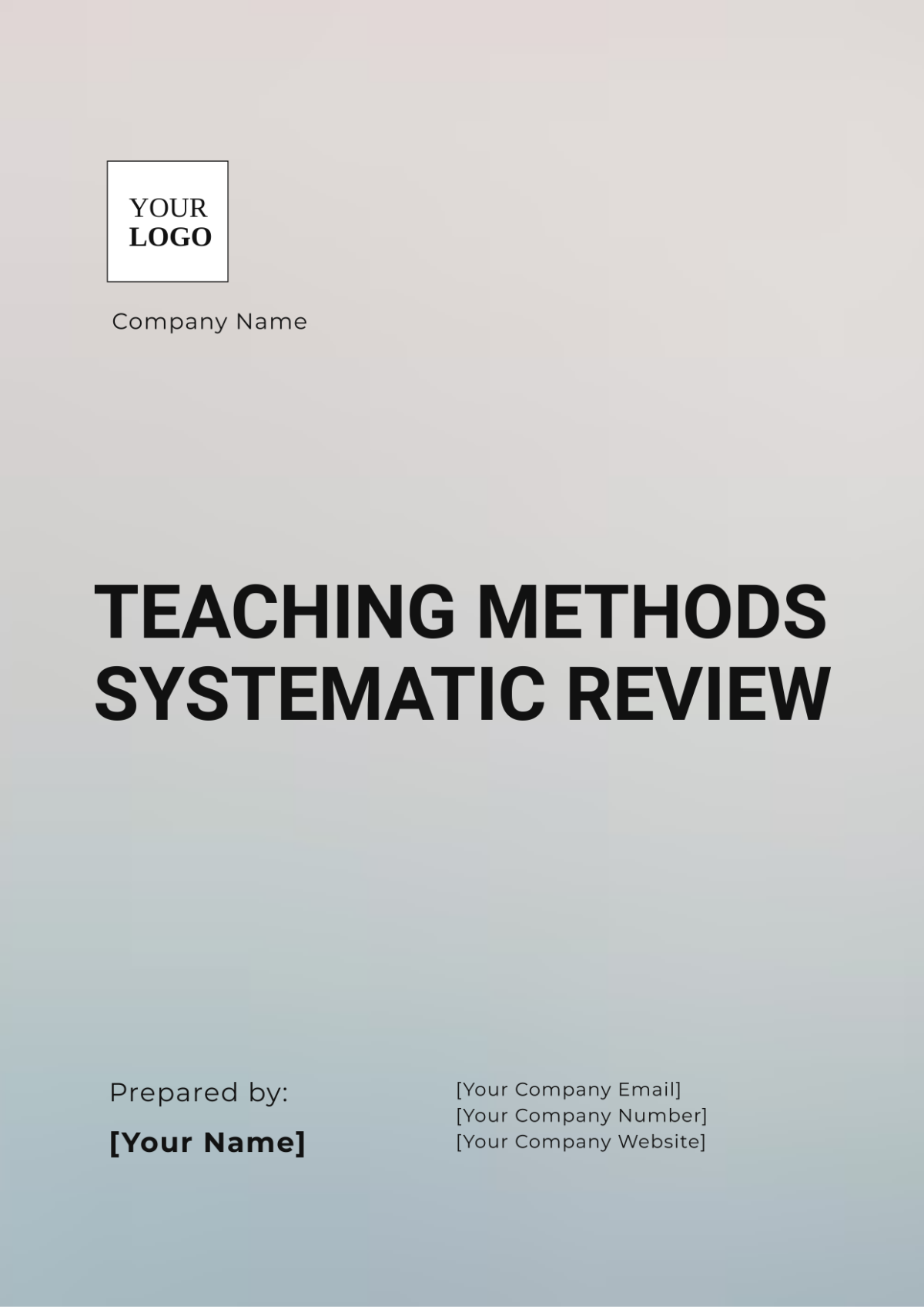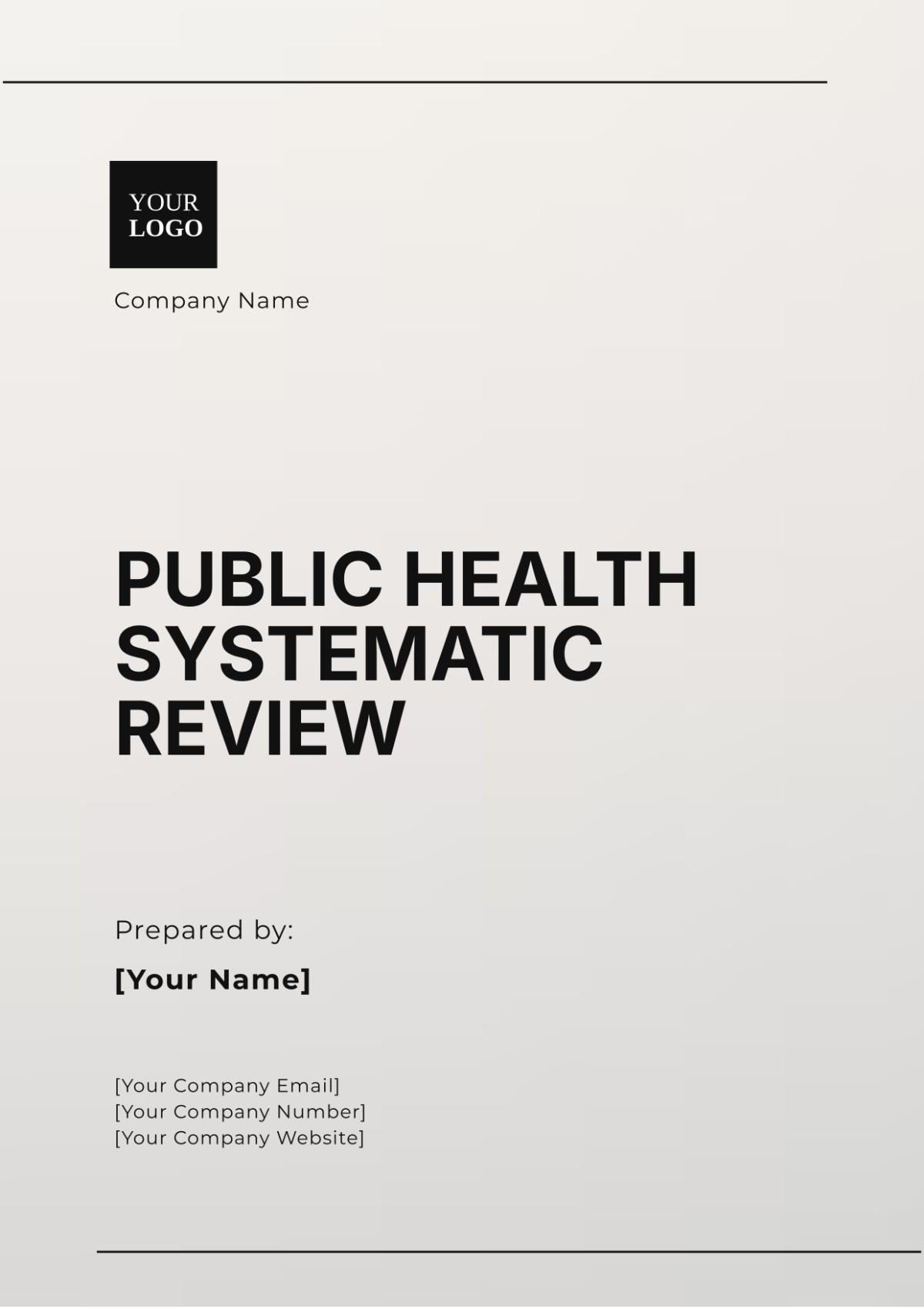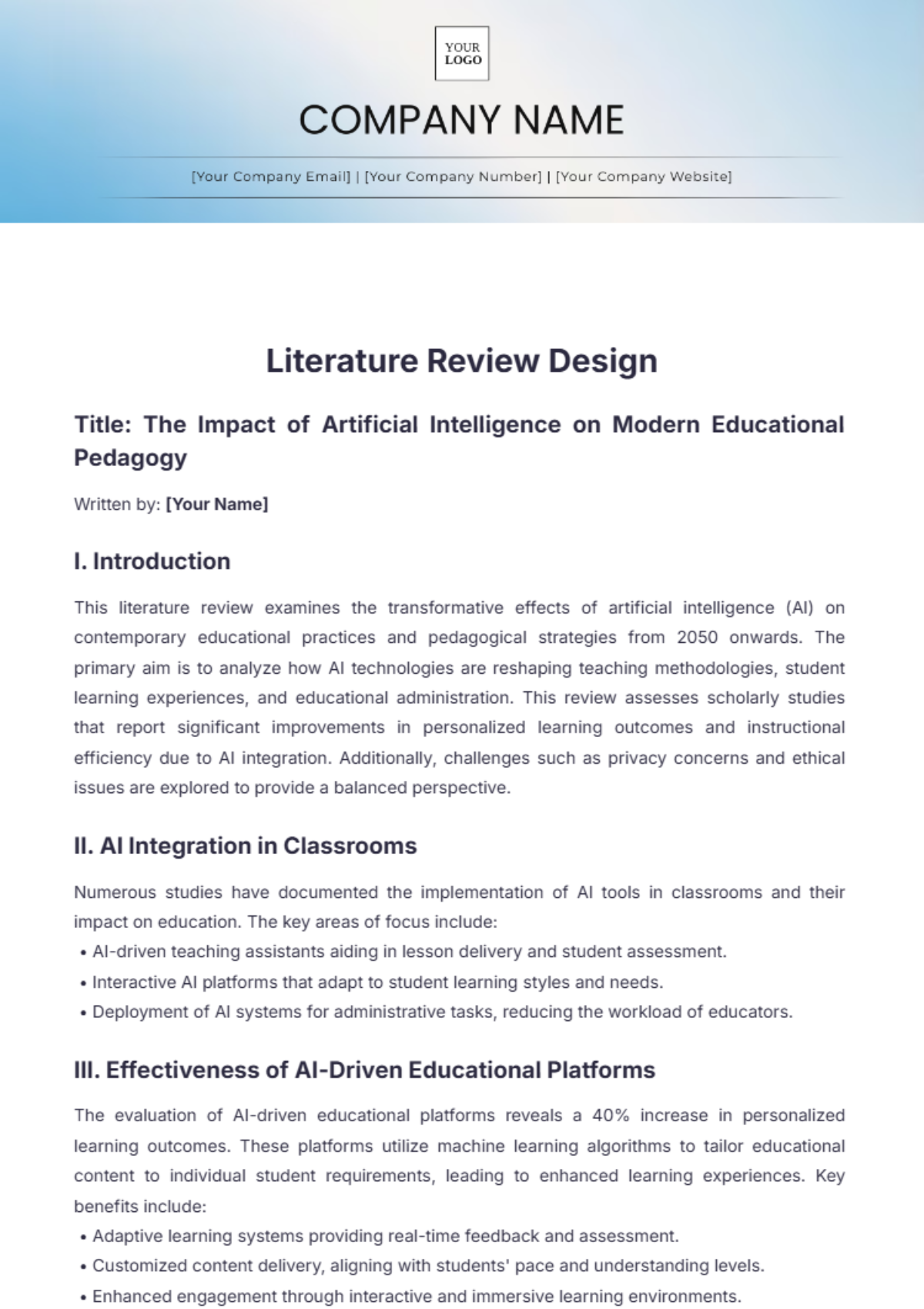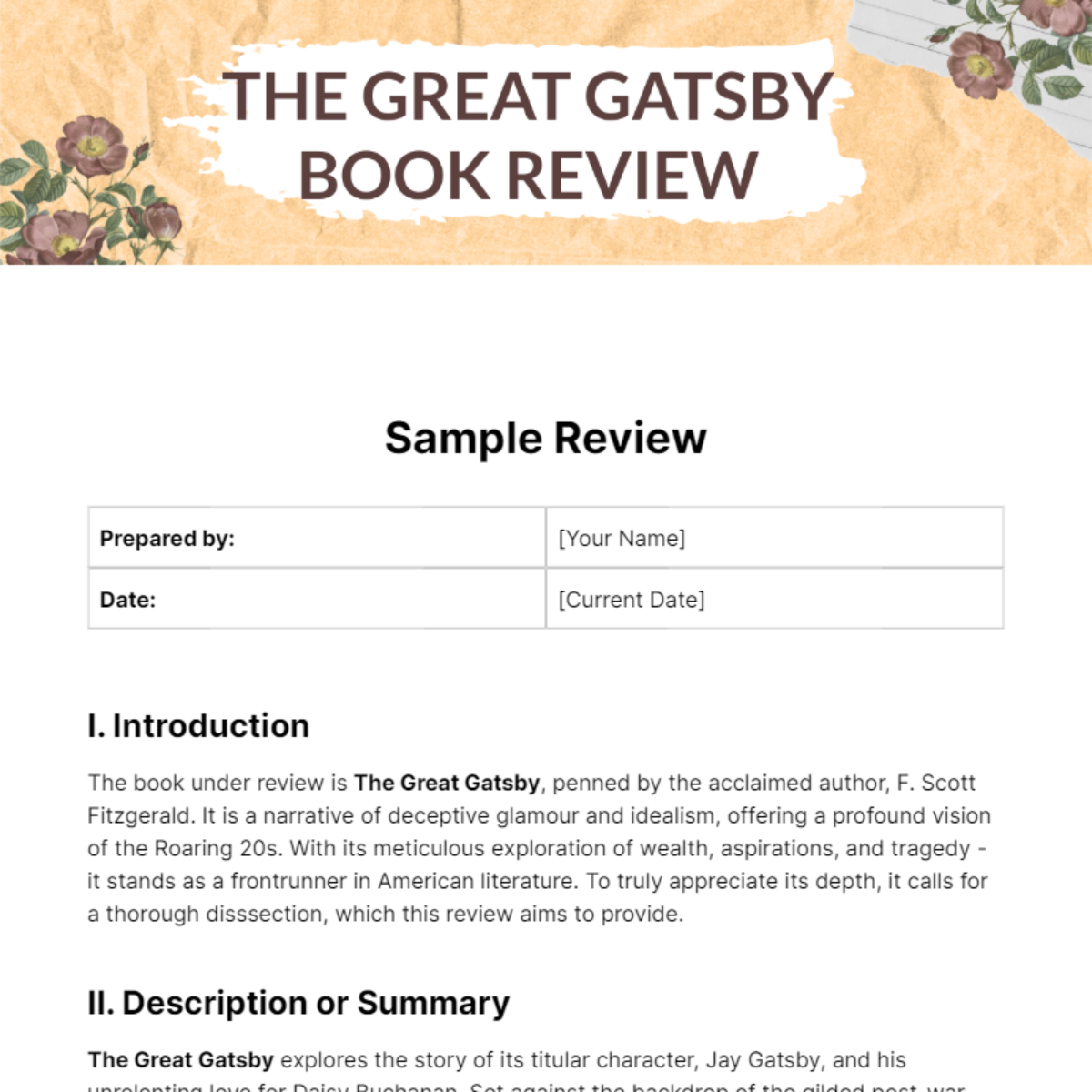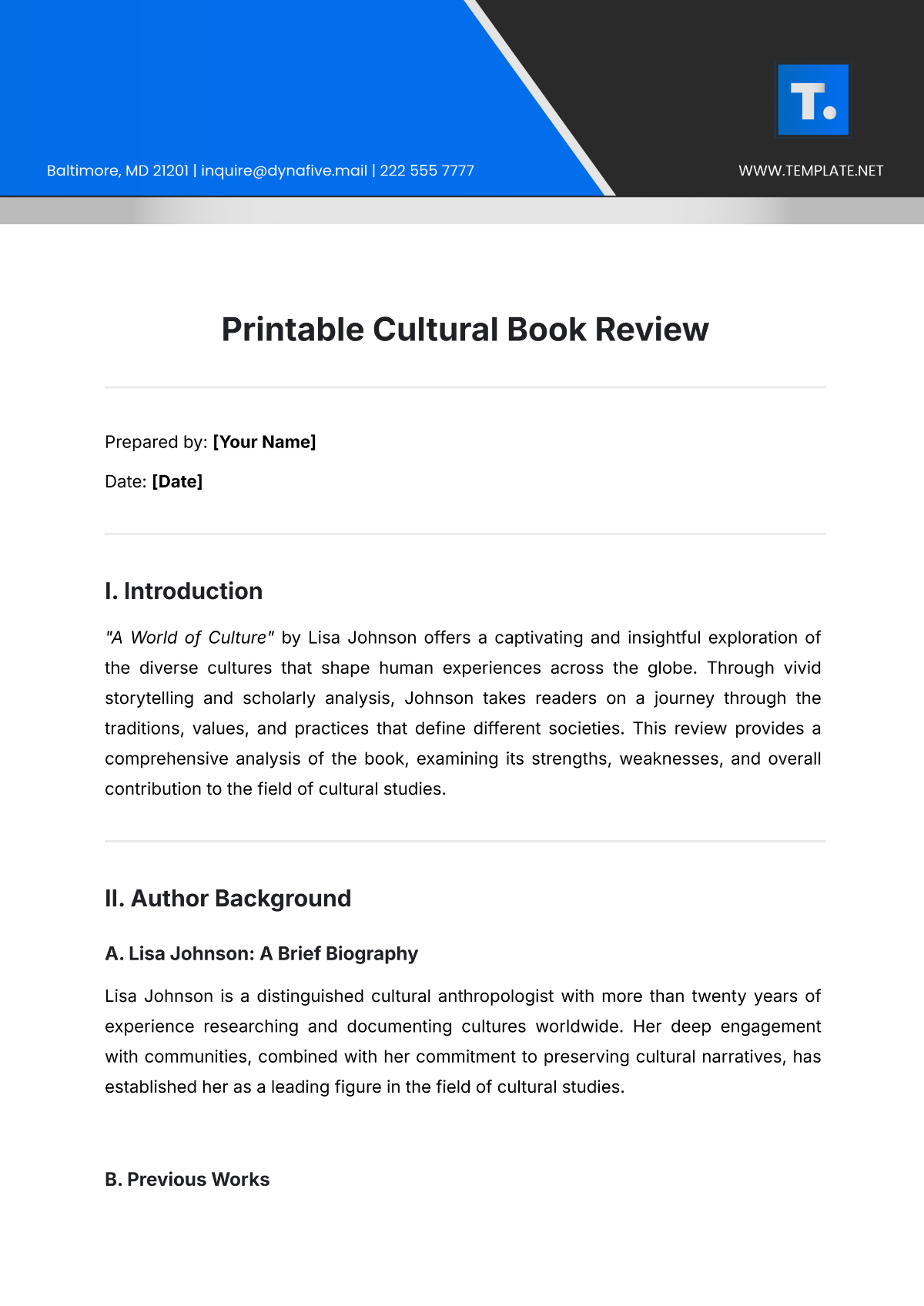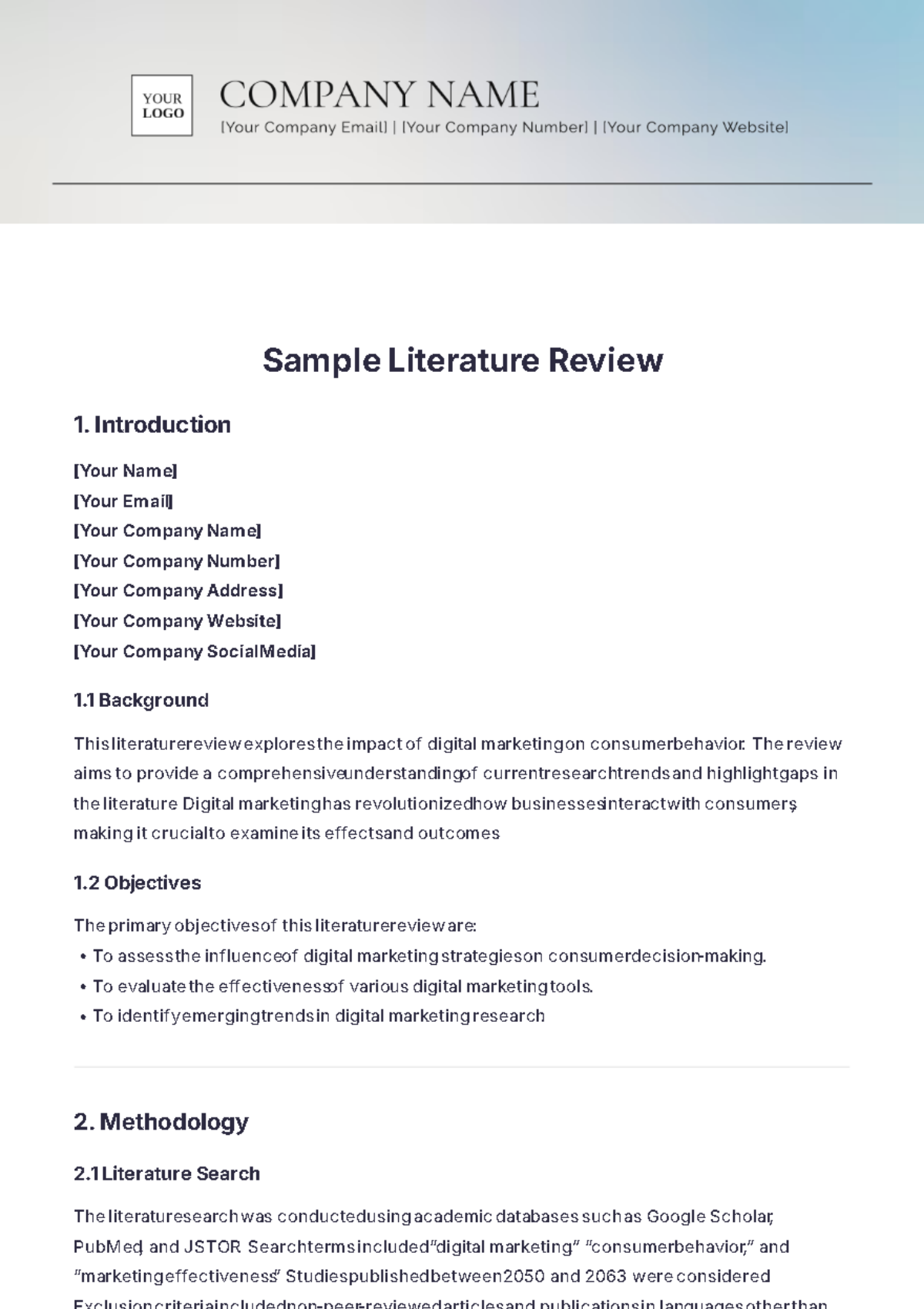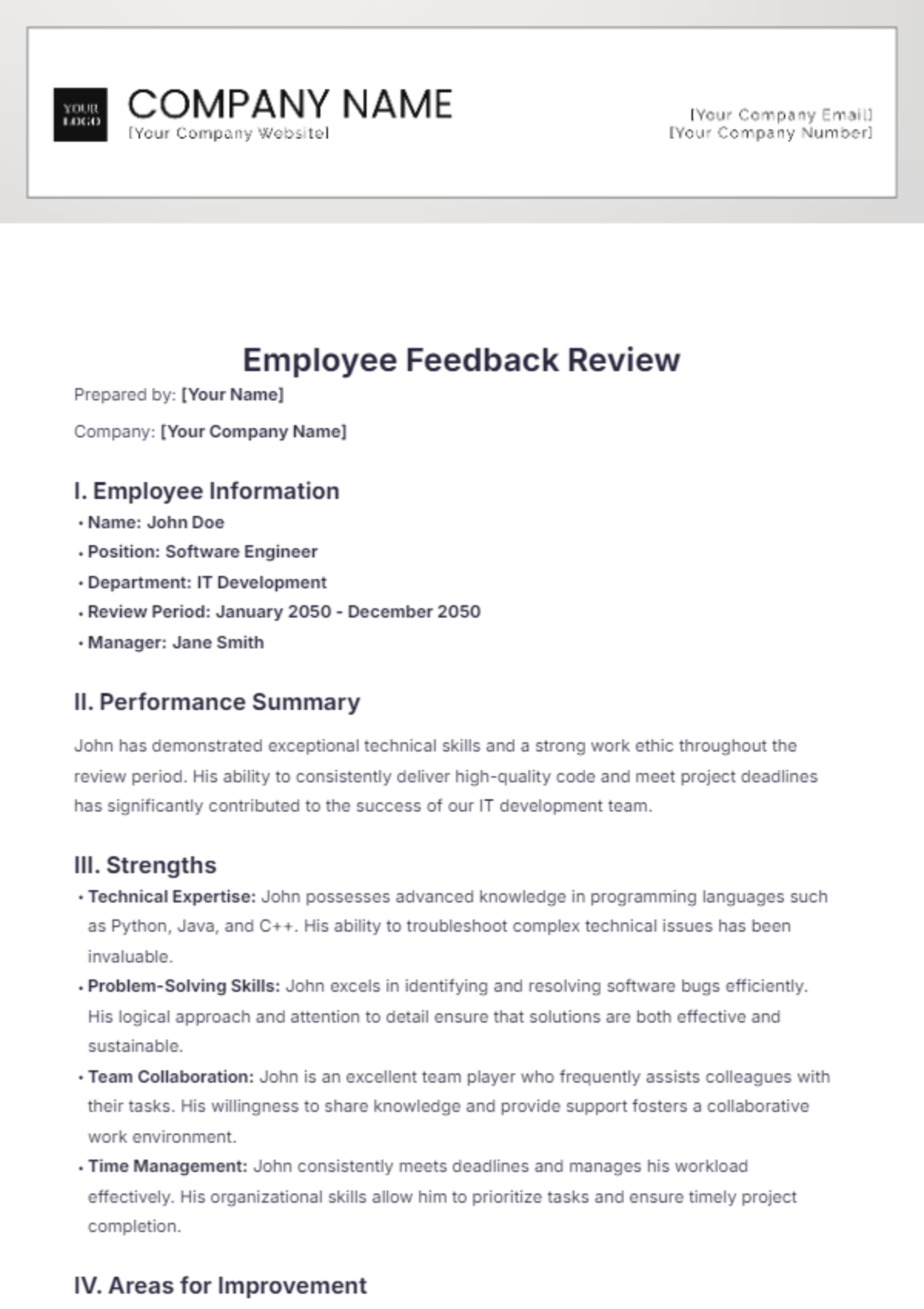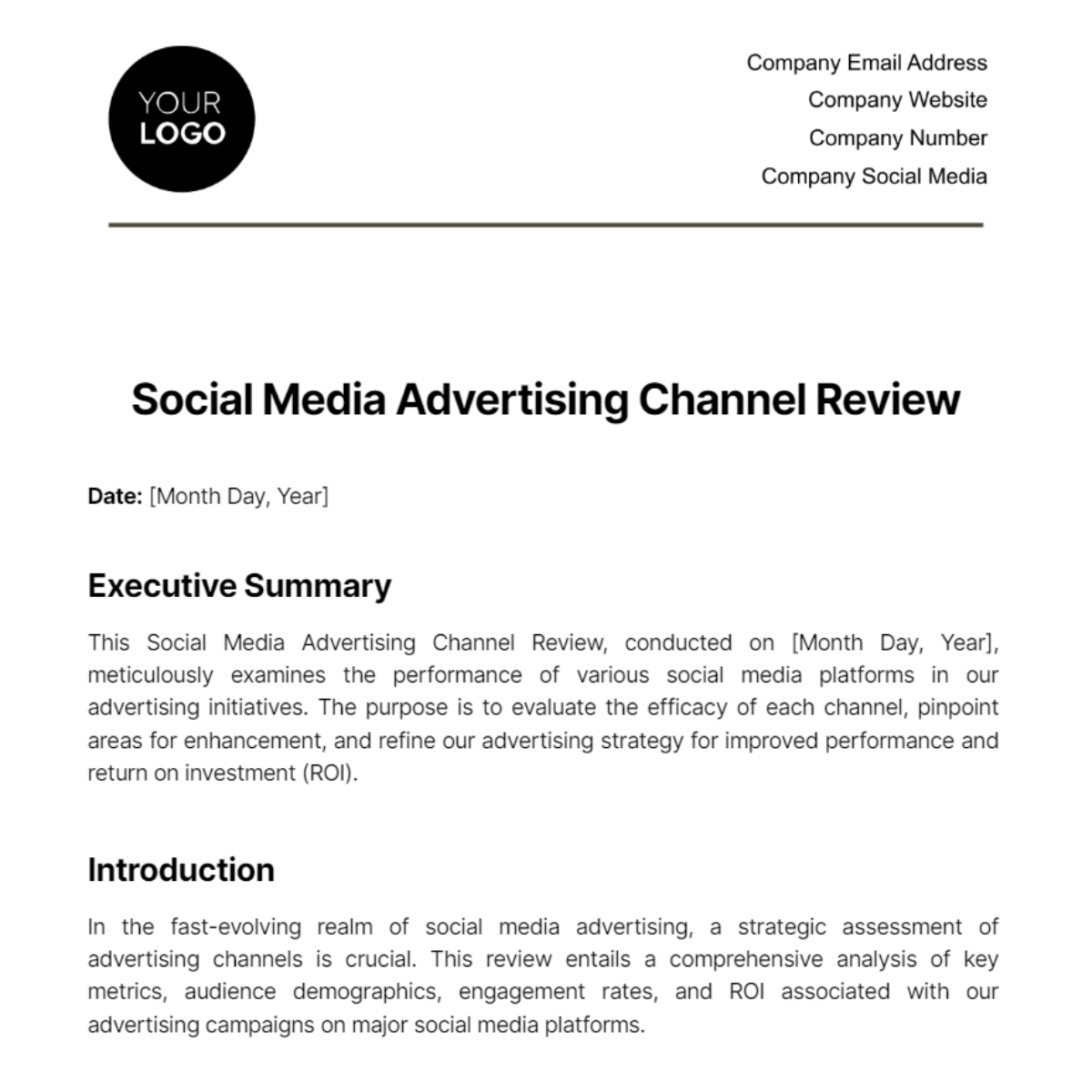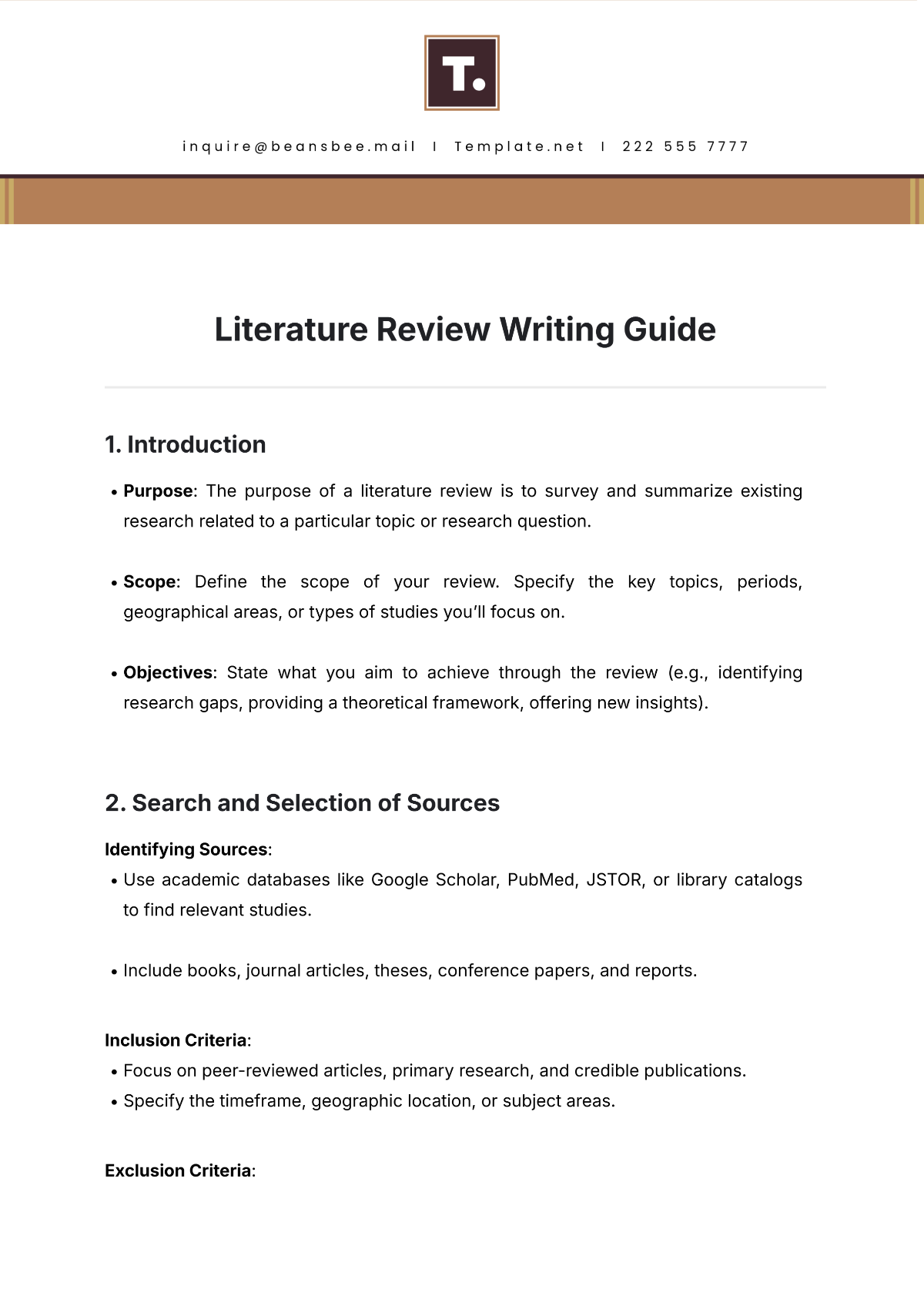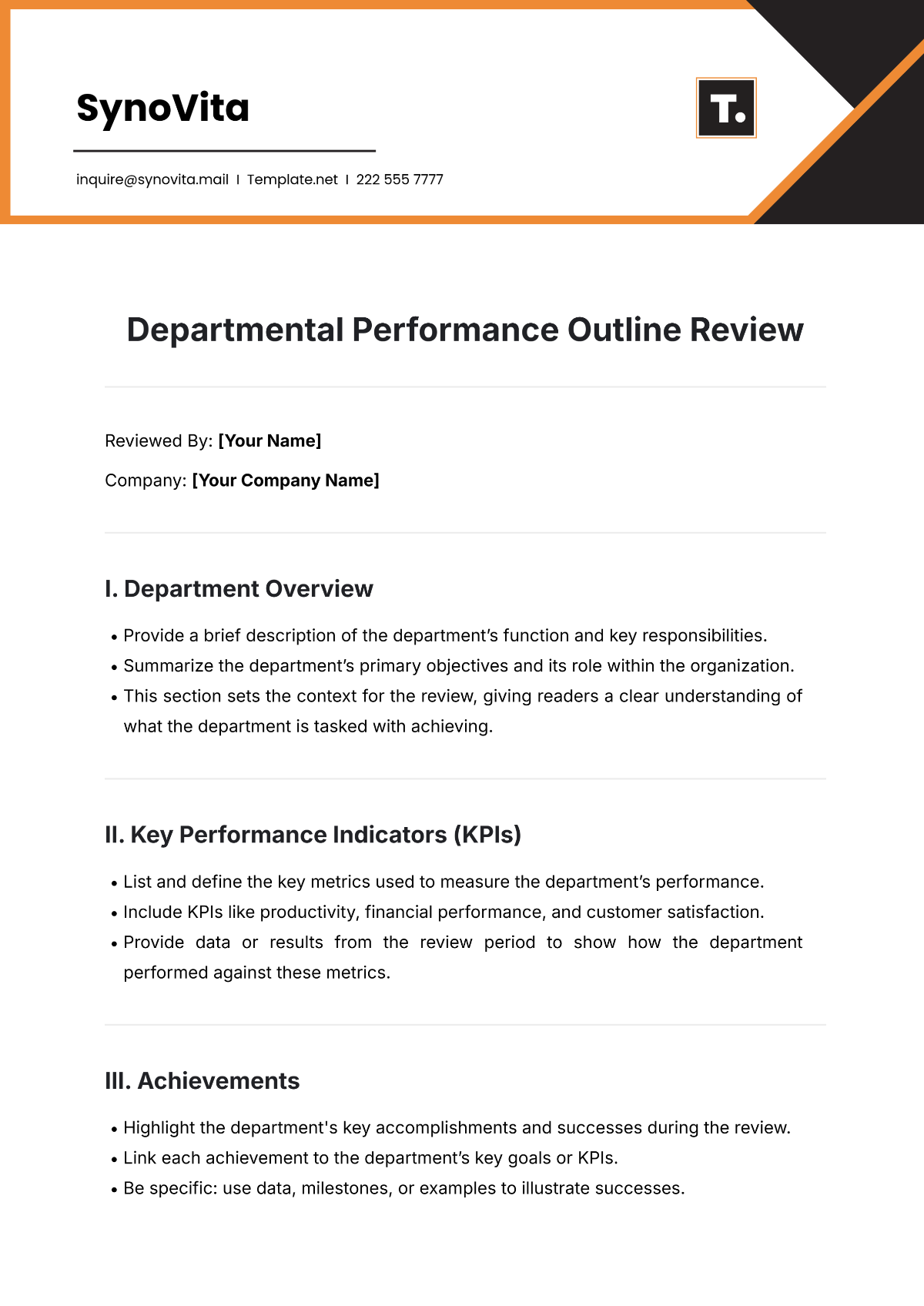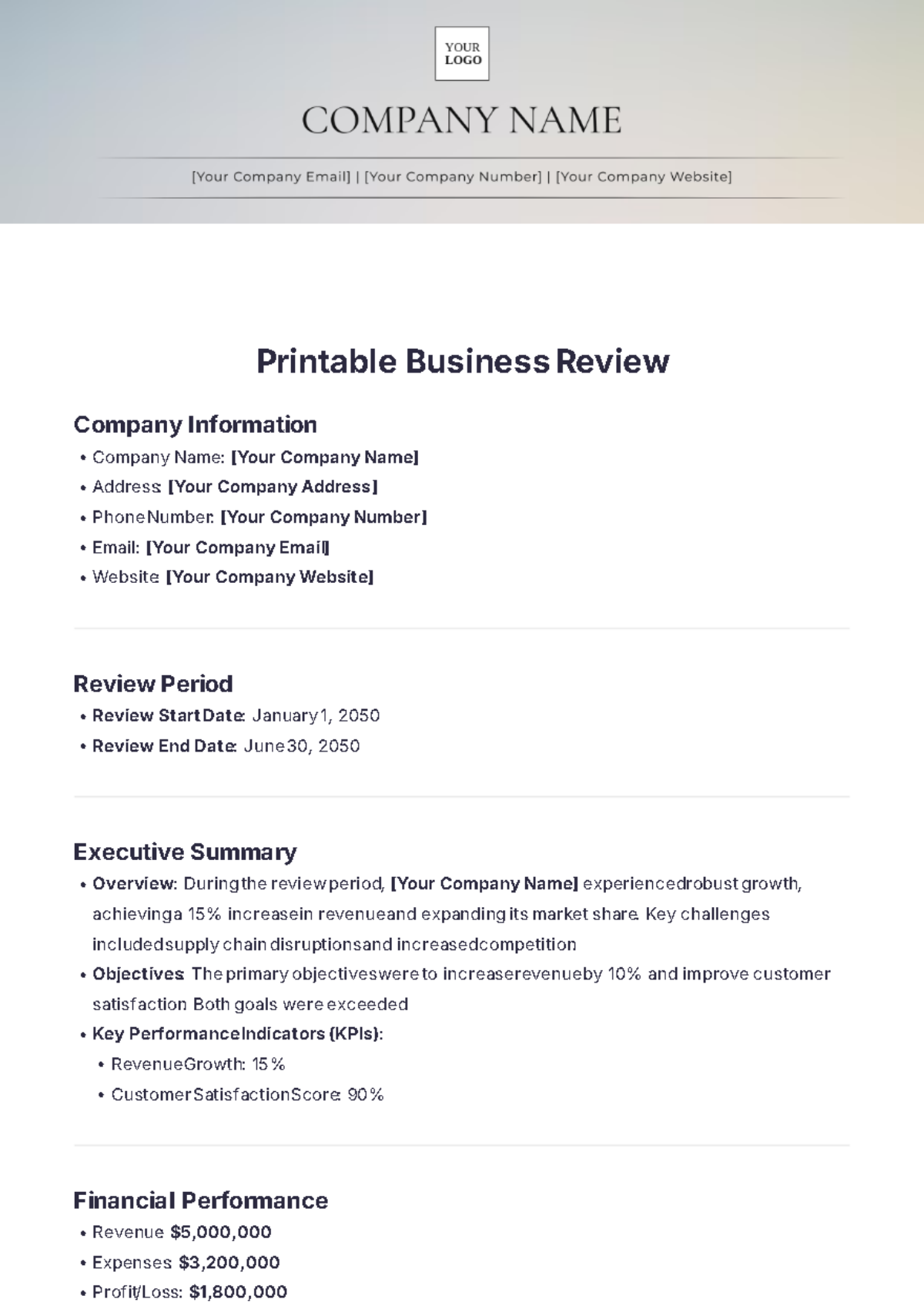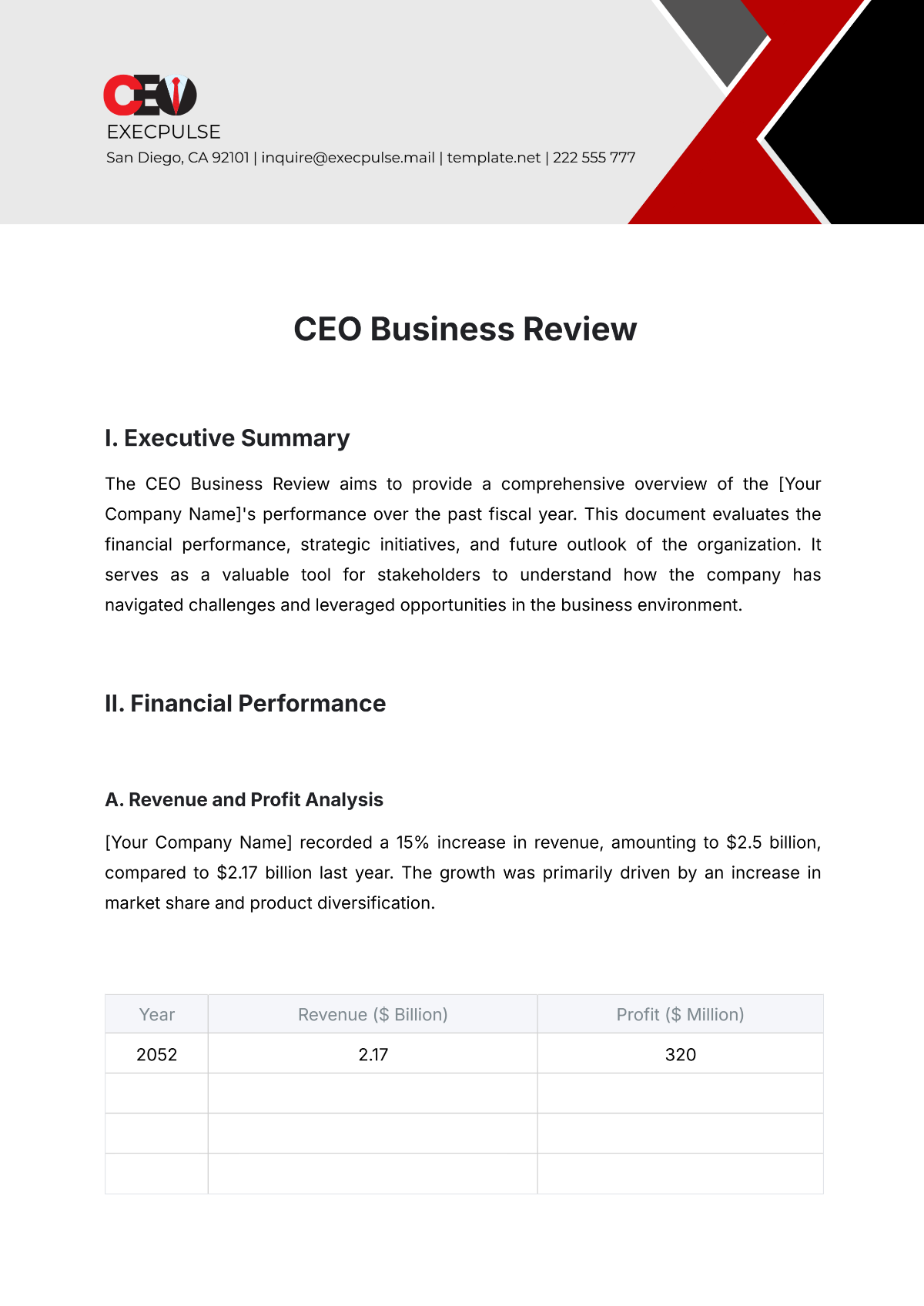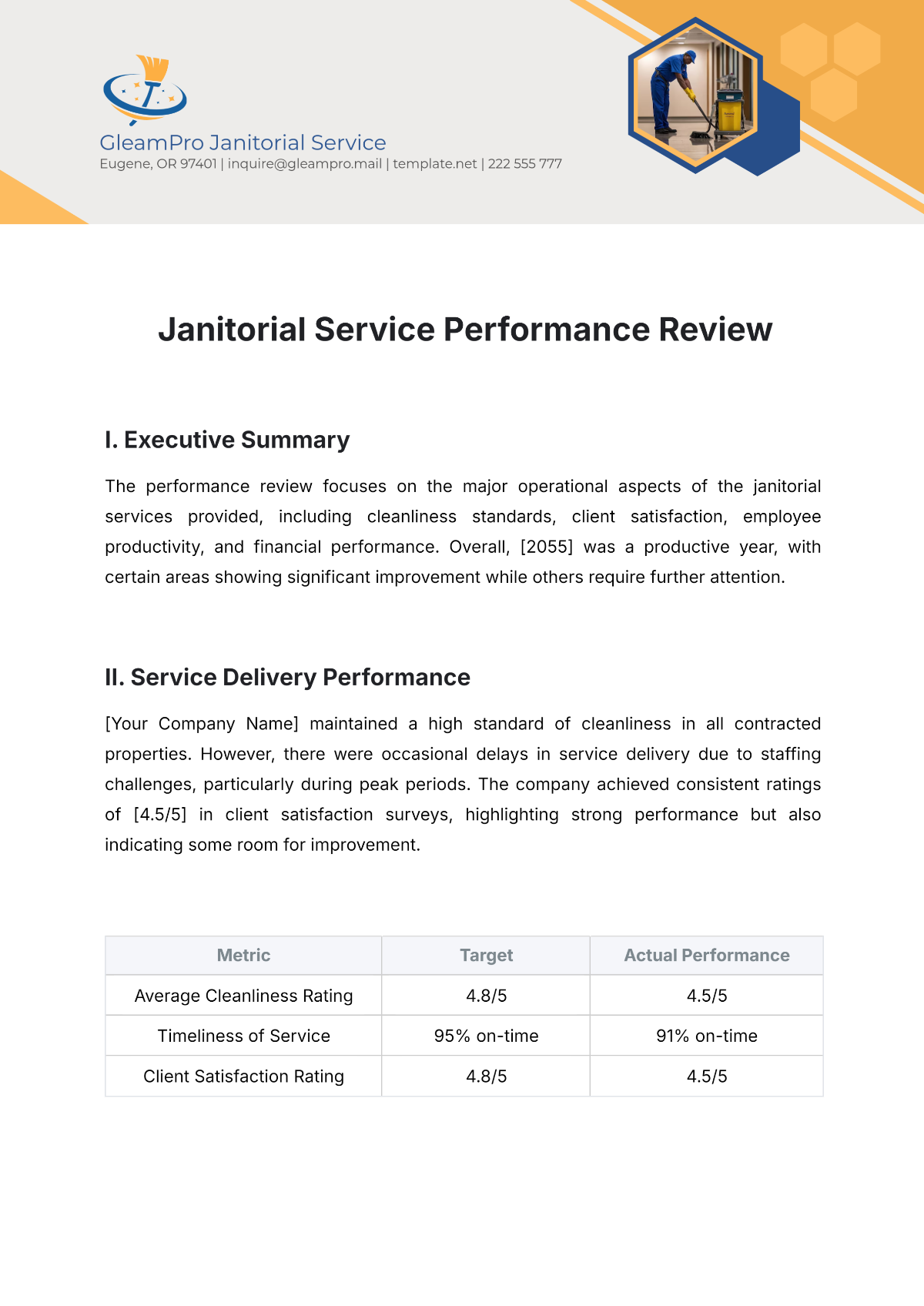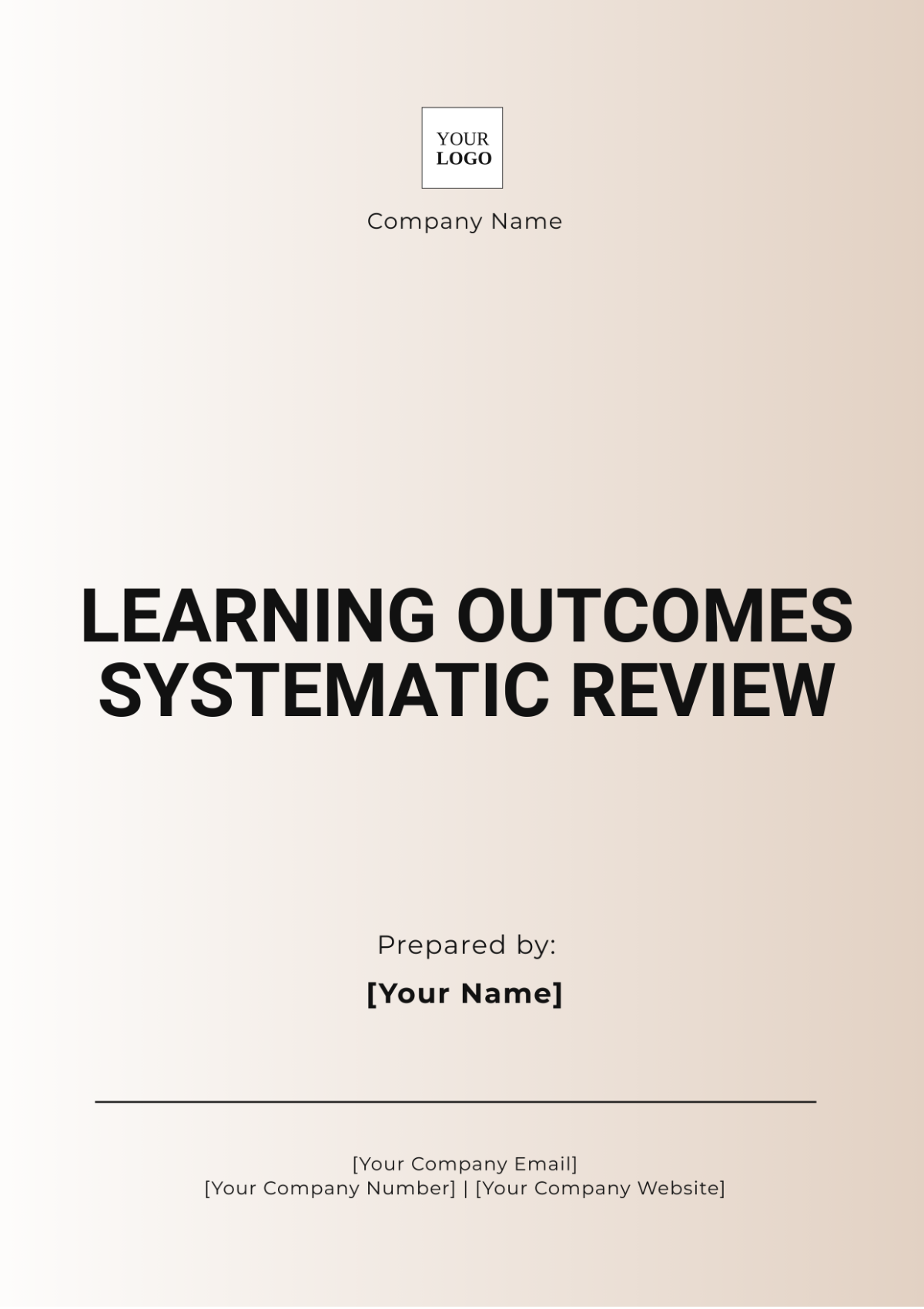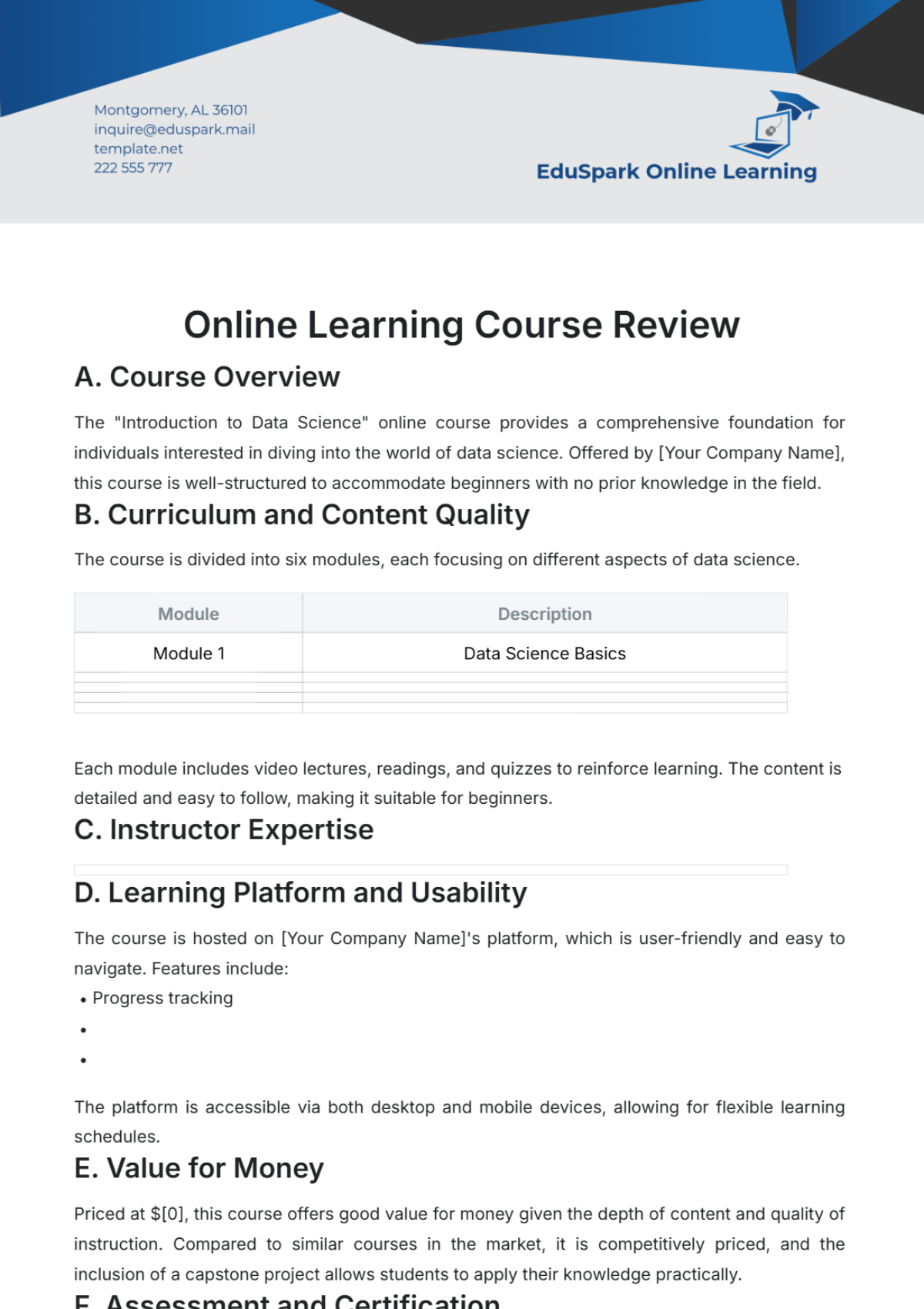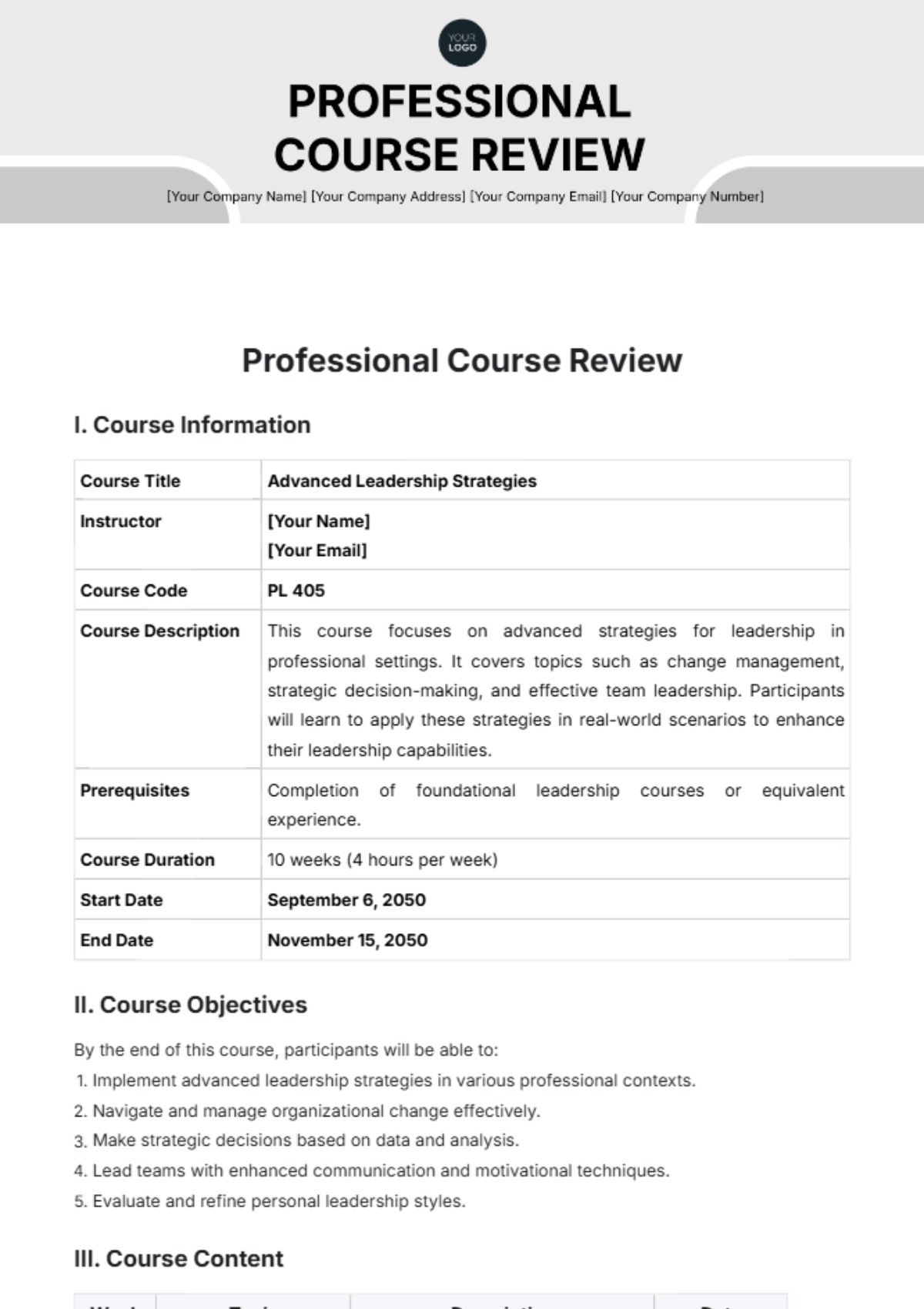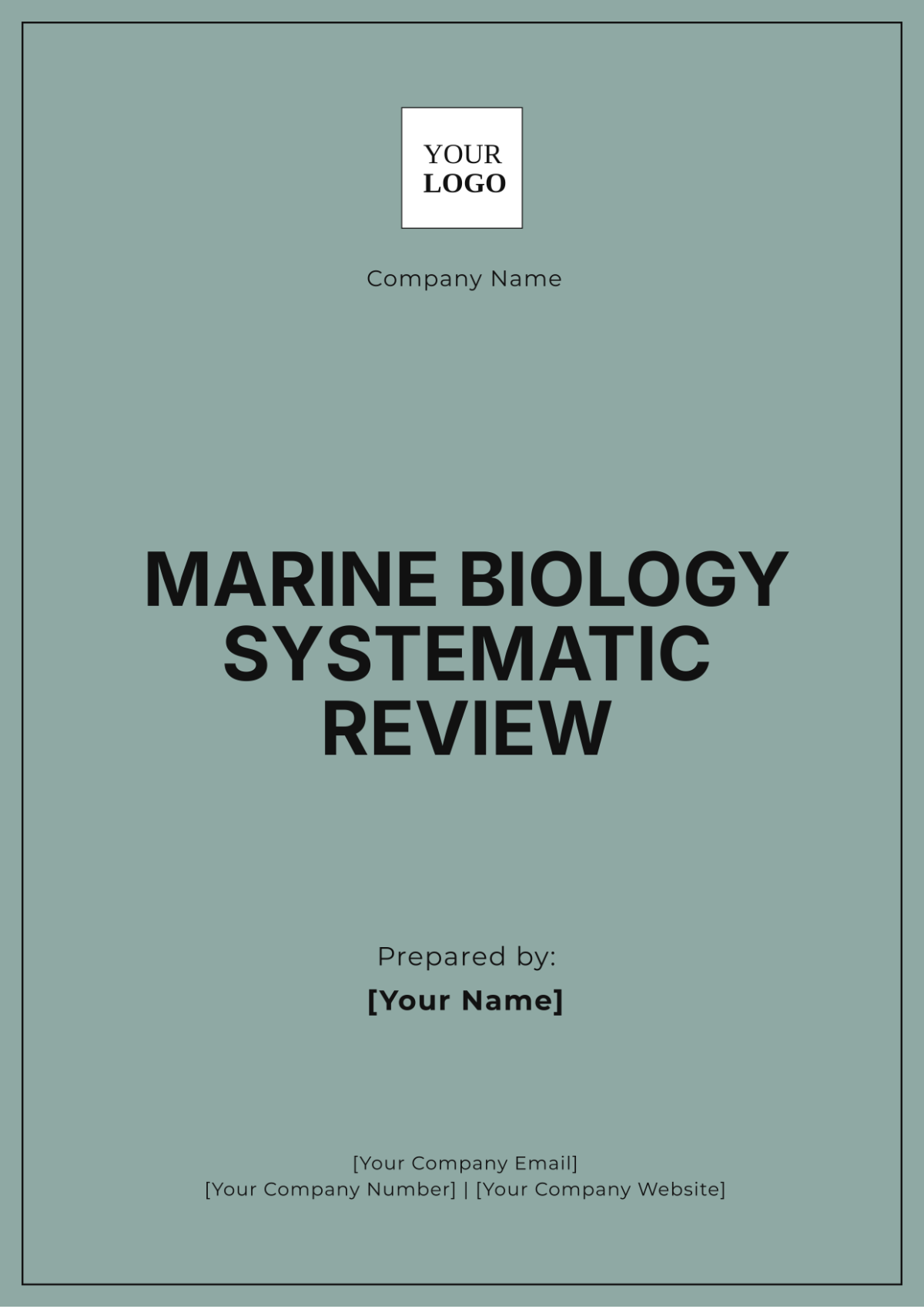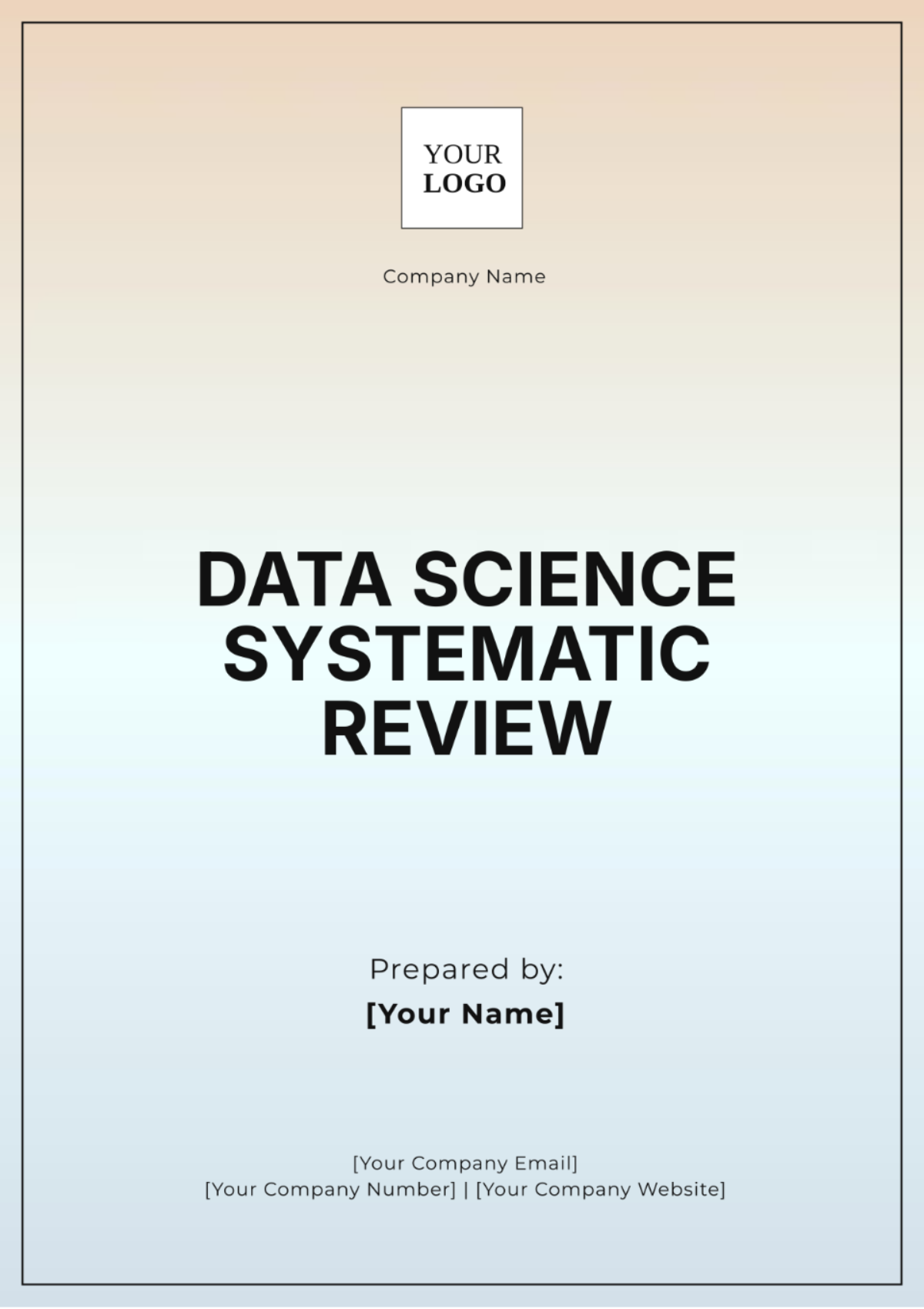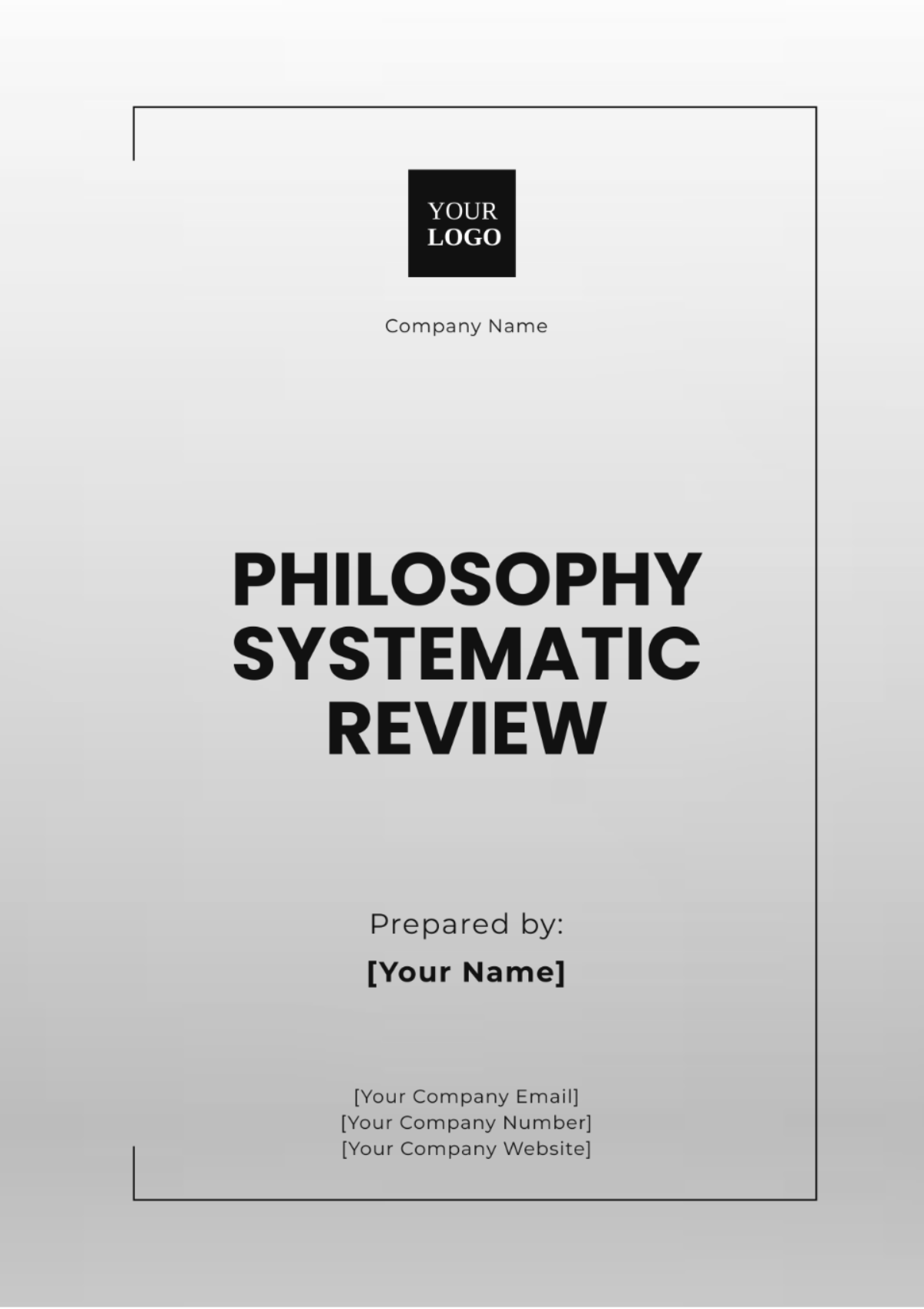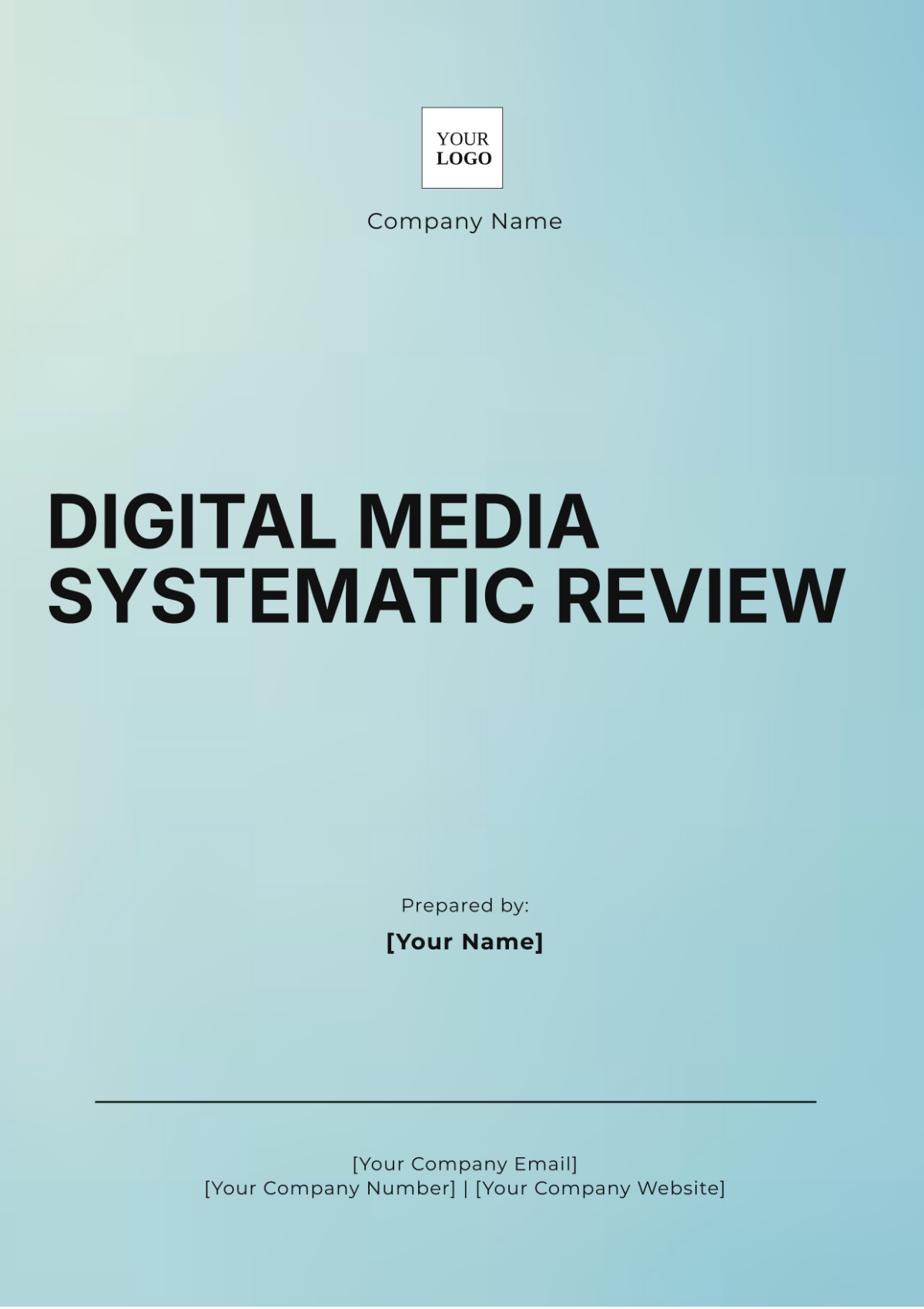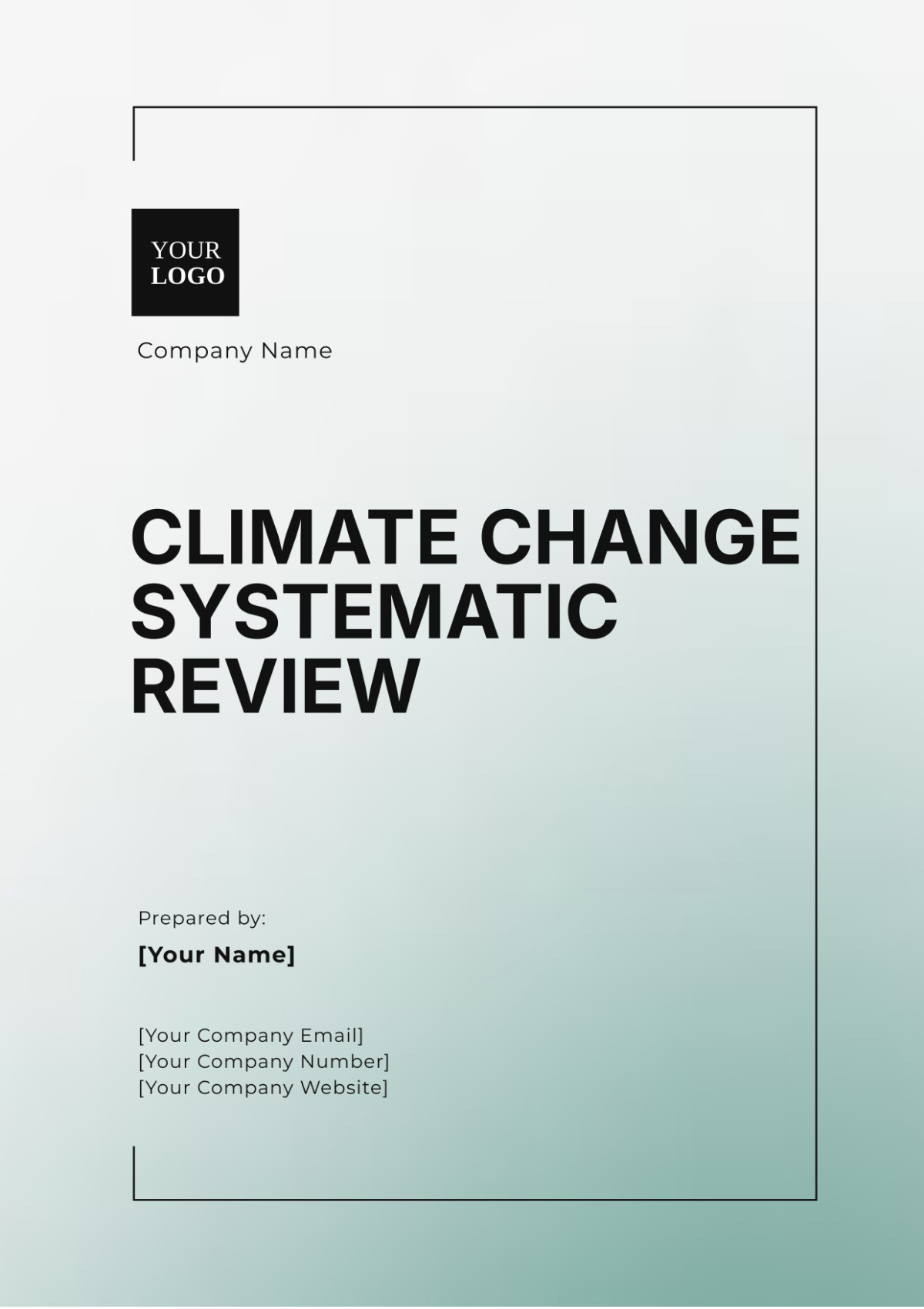OPERATIONAL EFFICIENCY REVIEW
I. Executive Summary
The Operational Efficiency Review for [Your Company Name] conducted in 2051 aims to assess current operations and identify areas for improvement. The review highlights key inefficiencies, evaluates sales and marketing performance, and provides actionable recommendations to enhance overall operational effectiveness.
II. Methodology
A. Approach
The review was carried out using a combination of data analysis, process mapping, and stakeholder interviews. We employed the following methods:
Data Collection: Gathering quantitative and qualitative data on current operational processes.
Process Mapping: Visualizing workflows to identify bottlenecks and inefficiencies.
Interviews: Conducting discussions with key stakeholders, including department heads and frontline staff.
B. Tools Used
Process Flow Diagrams: To visualize and analyze current workflows.
Benchmarking Analysis: Comparing performance metrics with industry standards.
Surveys and Questionnaires: To gather feedback from employees on operational challenges.
III. Current State Analysis
A. Overview of Operations
[Your Company Name] operates across various sectors, including retail, logistics, and customer service. The current operational framework involves:
Retail Management: Handling inventory, sales, and customer service.
Logistics: Managing supply chain, warehousing, and distribution.
Customer Service: Providing support and resolving client issues.
B. Sales and Marketing Performance
The sales and marketing departments have been underperforming relative to industry benchmarks. Key observations include:
Sales Performance: Sales growth has been slower than expected, with a significant decline in conversion rates.
Marketing Effectiveness: Marketing campaigns have yielded lower engagement and ROI compared to competitors.
IV. Findings
A. Inefficiencies Identified
Resource Allocation: Misalignment between resource allocation and departmental needs has led to underutilized assets.
Process Bottlenecks: Inefficiencies in order processing and inventory management have caused delays and increased costs.
Sales and Marketing Gaps: Inadequate targeting and lack of personalized marketing strategies have impacted sales performance.
B. Key Issues
Staff Training: Insufficient training programs have led to inconsistencies in service delivery.
Technology Integration: The lack of integrated systems has resulted in fragmented data and inefficient processes.
V. Recommendations
A. Resource Optimization
Realign Resources: Adjust resource allocation to better match departmental needs and improve overall efficiency.
Improve Training Programs: Develop comprehensive training initiatives to enhance employee skills and service quality.
B. Process Improvement
Streamline Workflows: Implement process improvements to reduce bottlenecks and enhance operational flow.
Enhance Inventory Management: Adopt advanced inventory management practices to minimize stockouts and overstock situations.
C. Sales and Marketing Strategies
Revise Marketing Approaches: Focus on data-driven marketing strategies and personalized campaigns to boost engagement and conversions.
Sales Training: Introduce targeted sales training programs to improve conversion rates and overall sales performance.
VI. Implementation Plan
A. Action Steps
Develop Resource Allocation Plan: Outline specific adjustments and allocate resources accordingly.
Launch Training Programs: Create and implement training schedules for employees across departments.
Optimize Processes: Identify key processes for improvement and implement changes.
Revise Marketing and Sales Strategies: Develop new marketing campaigns and sales training programs based on recommendations.
B. Timeline
Q1 2052: Complete resource allocation realignment and training program development.
Q2 2052: Implement process improvements and optimize inventory management.
Q3 2052: Launch revised marketing campaigns and sales training.
VII. Conclusion
The Operational Efficiency Review for [Your Company Name] in 2051 reveals several areas for improvement, particularly in resource optimization, process efficiency, and sales and marketing performance. By implementing the recommended changes, [Your Company Name] can enhance operational effectiveness, reduce costs, and achieve better performance outcomes. The proposed action plan provides a clear roadmap for addressing the identified issues and achieving operational excellence.
